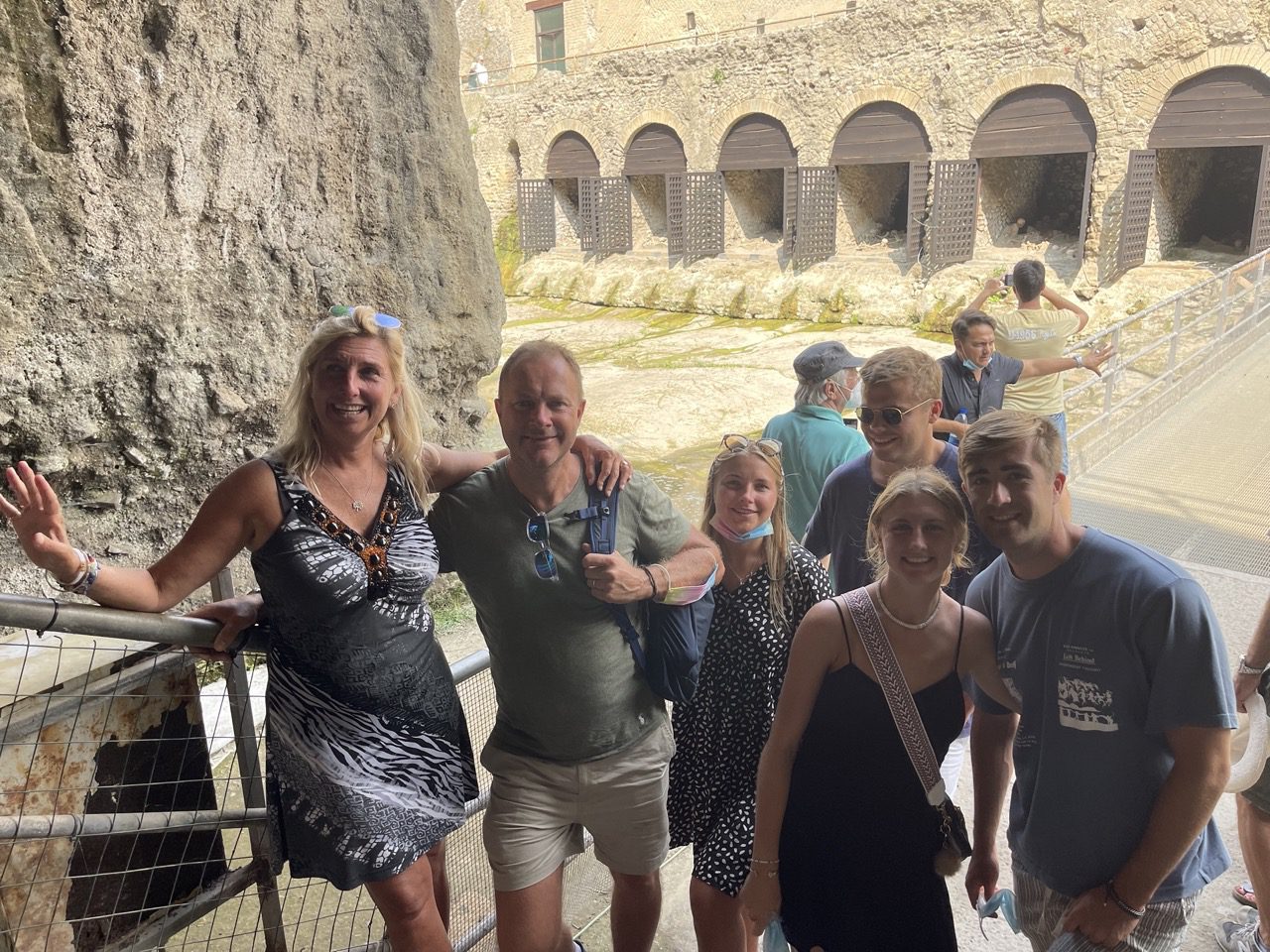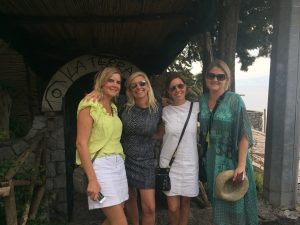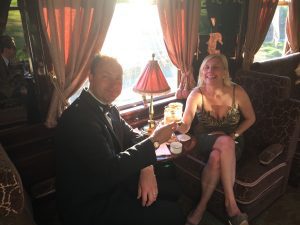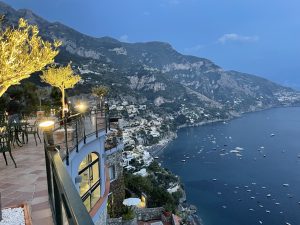🙂 A complete example of Roman life, architecture, community and history.
🙁 Not enough time to see everything!
30 September 2021
The city of Pompeii is famous because it was destroyed in 79 CE when a nearby volcano, Mount Vesuvius, erupted, covering it in at least 6 metres of ash and other volcanic debris. The city’s quick burial preserved it for centuries before its ruins were discovered in the late 16th century. Pompeii is the bigger of the two sites, taking significantly more time to explore in full. Herculaneum is smaller, meaning that you can get around and discover its evocative remains in just a half-day if you’re pushed for time. Pompeii was a port City and there is evidence. of homes, brothels, street food – incredibly well preserved – just wondrous to walk around these ancient cobbled paths.
Our guide was lovely. We started in an old amphitheatre where you could imagine the Gladiators walking in to face their deaths … as Ben and Elliott tried to recreate.
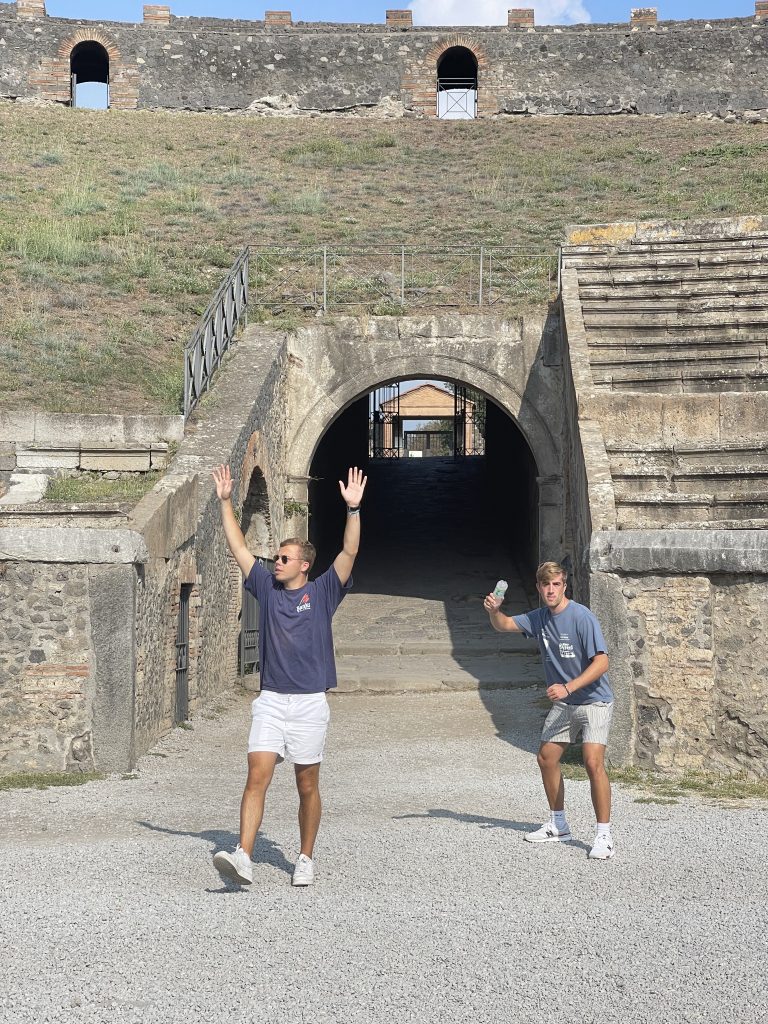
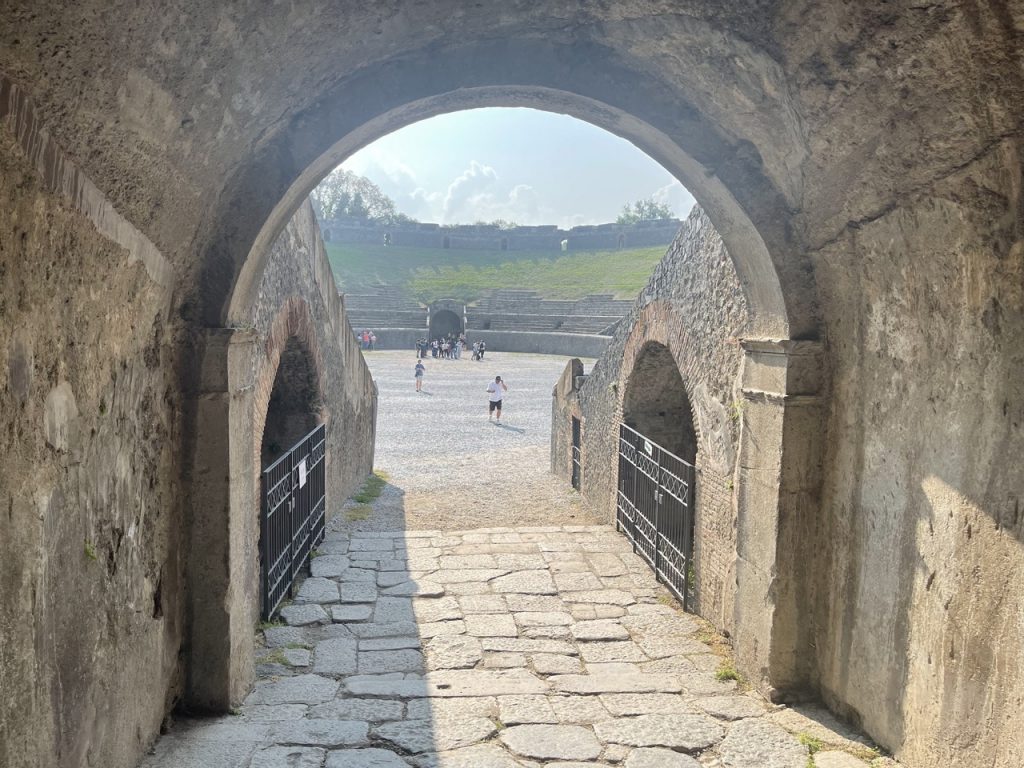
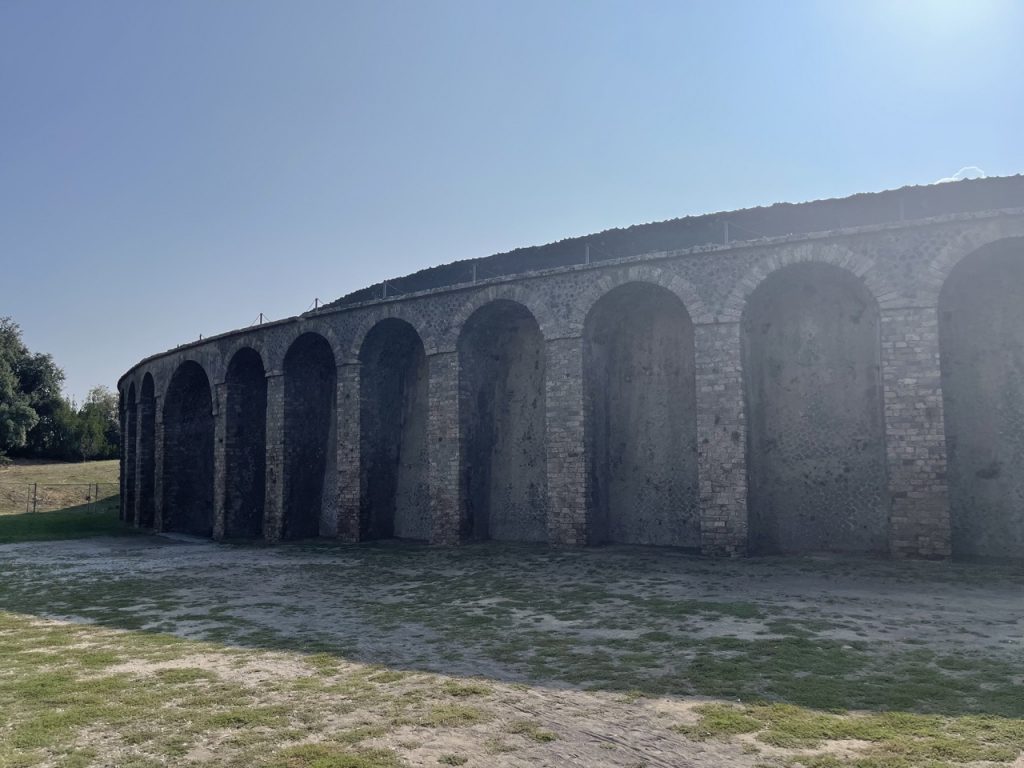
The House of Loreius Tiburtinus is renowned for well-preserved art, mainly in wall-paintings as well as its large gardens.
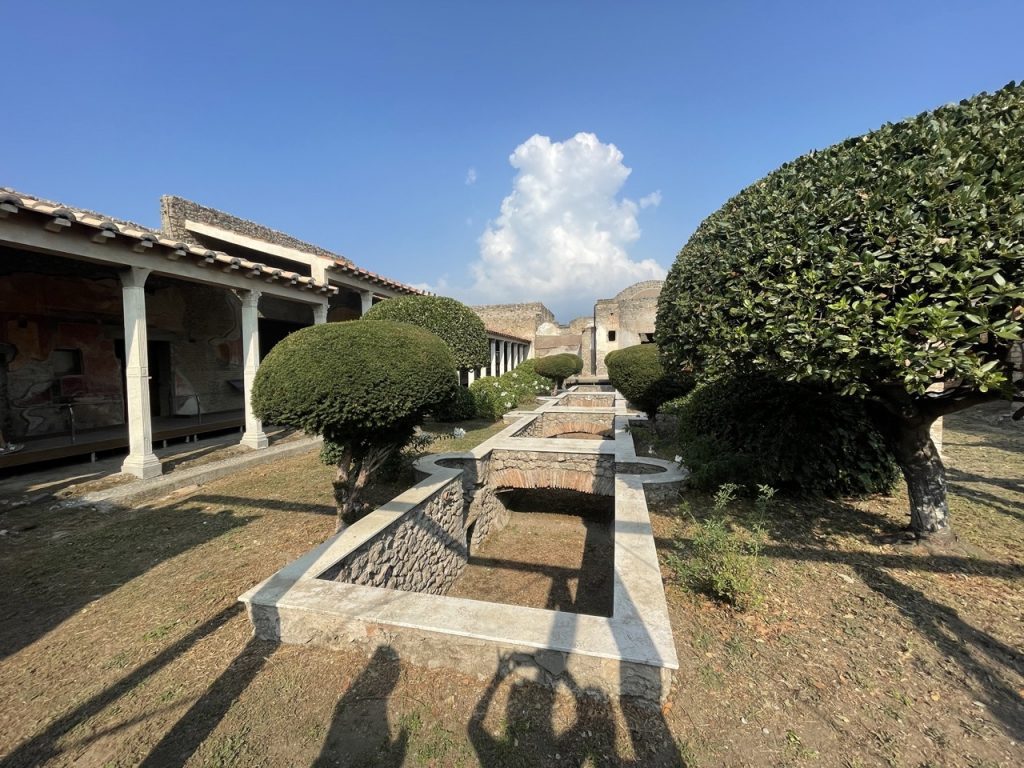
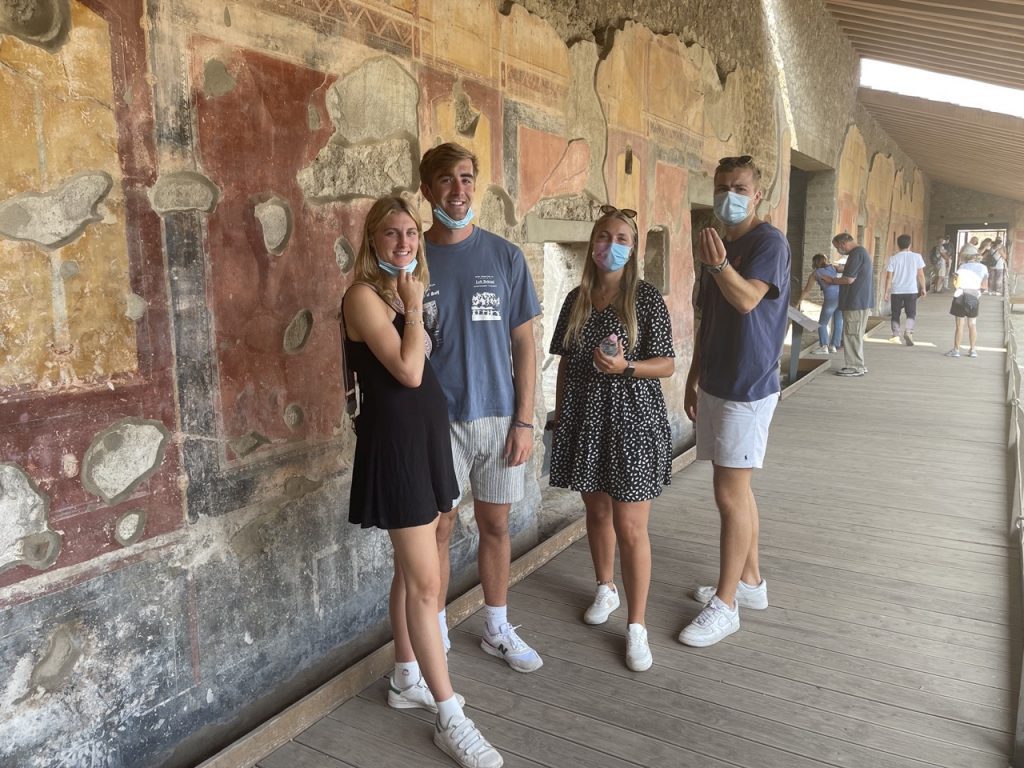
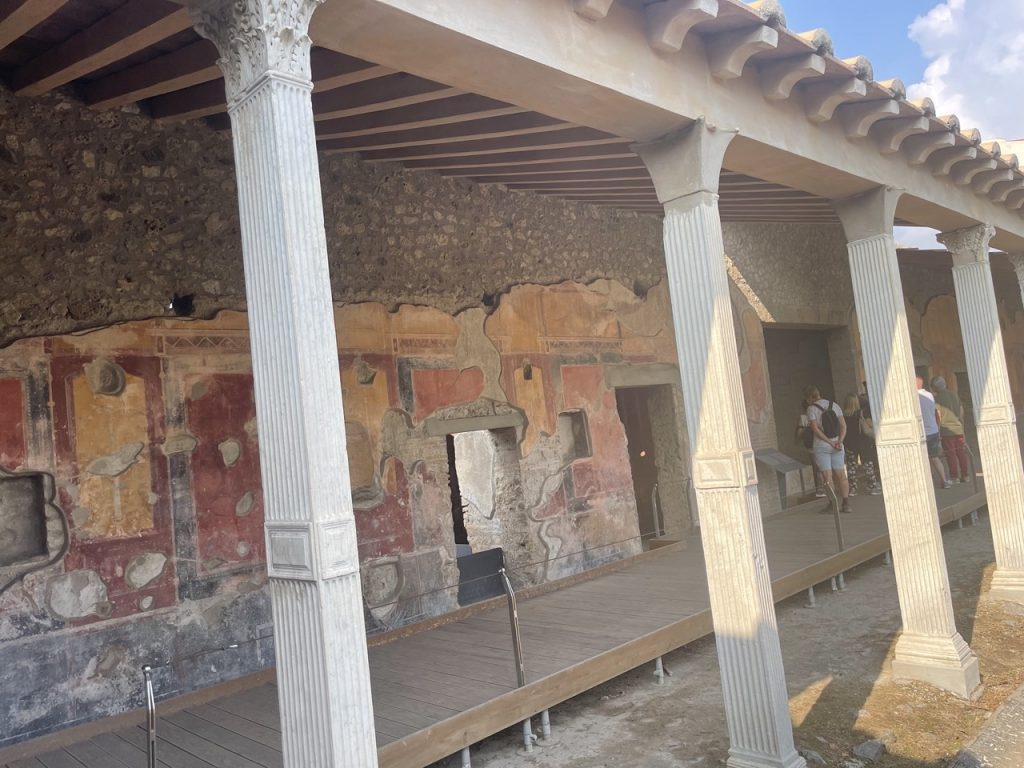
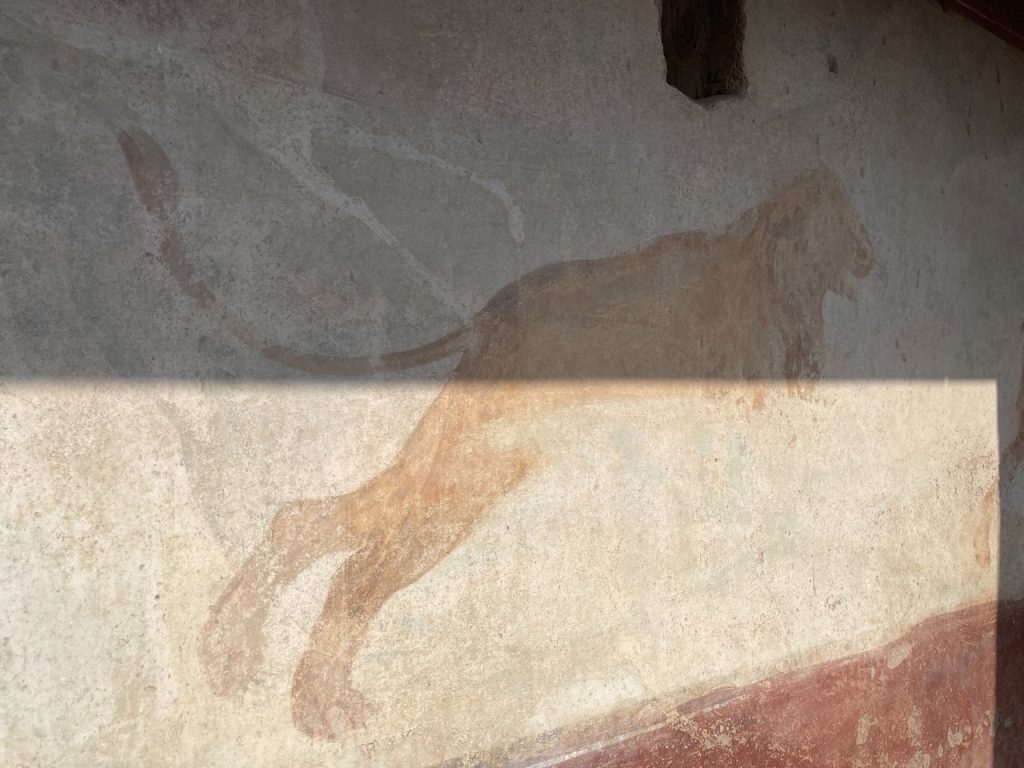
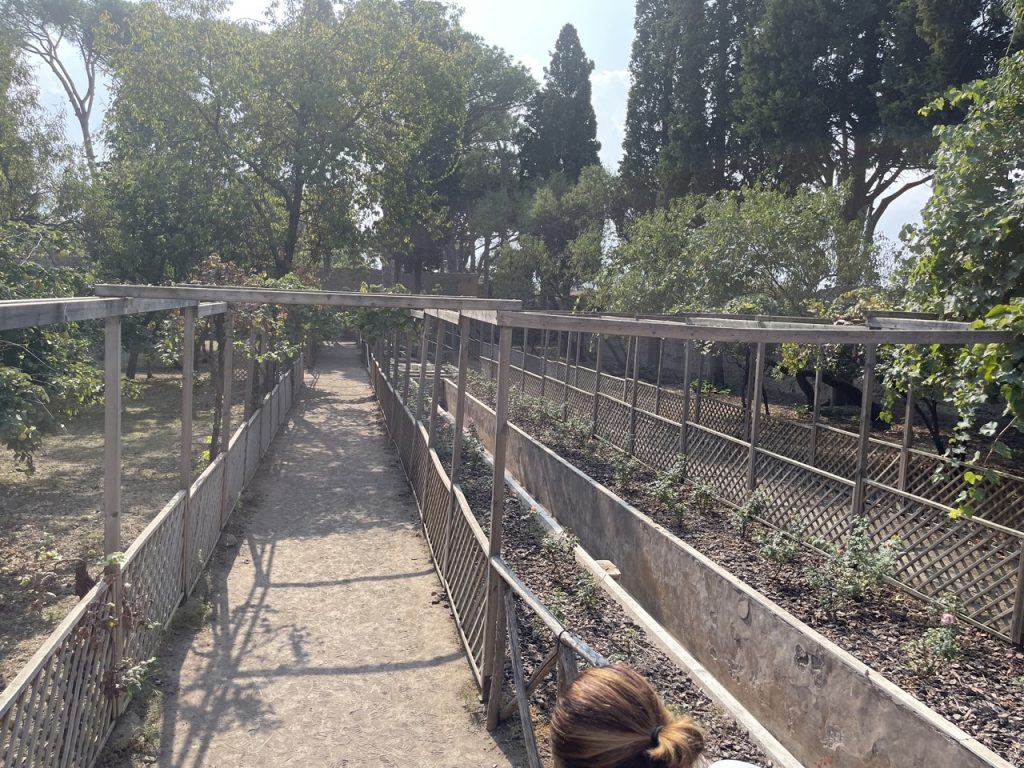
Unfortunately time was limited but we covered some highlights – and it was quite good for Paul and I as we had not covered the area above on our first trip.
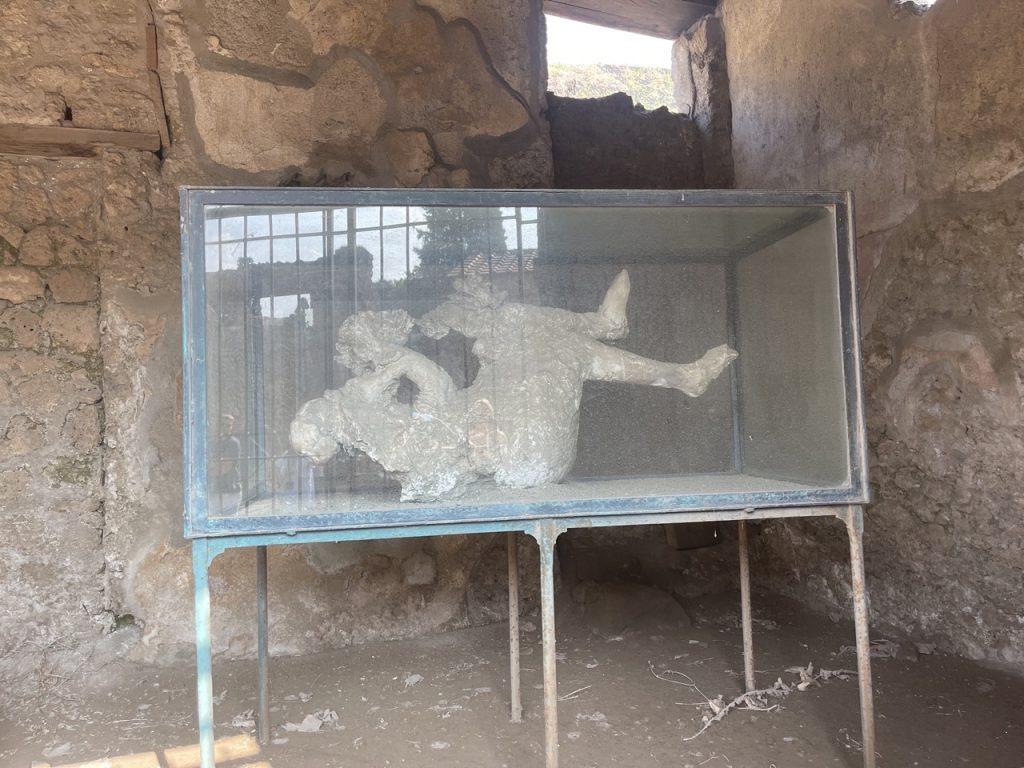
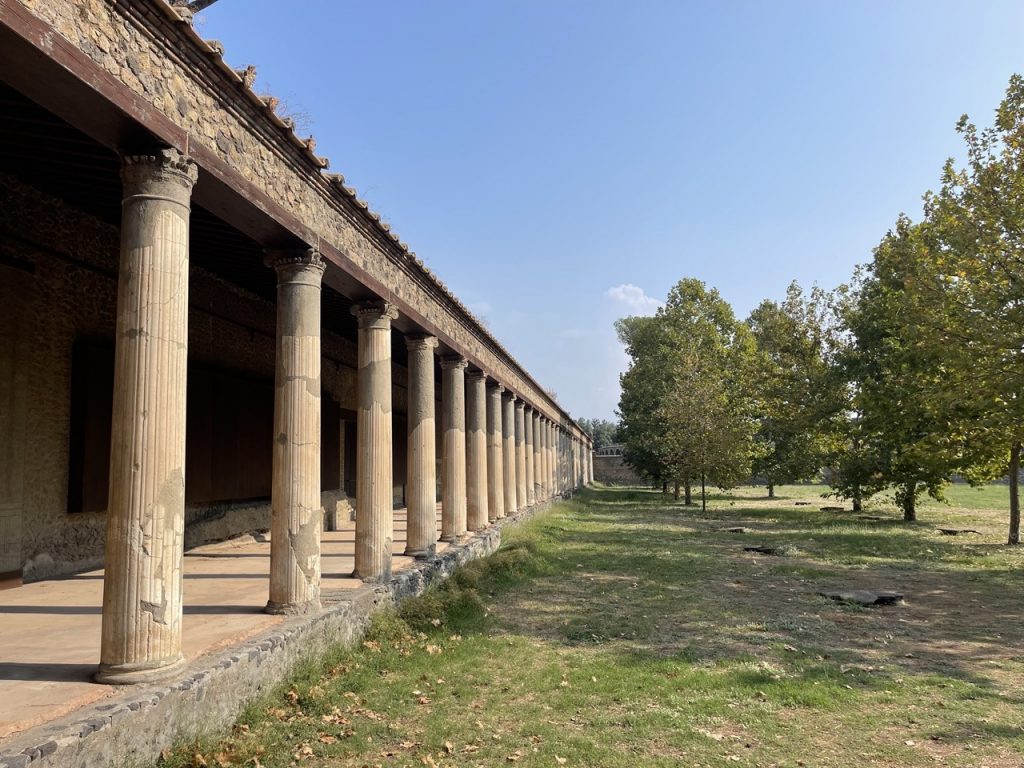
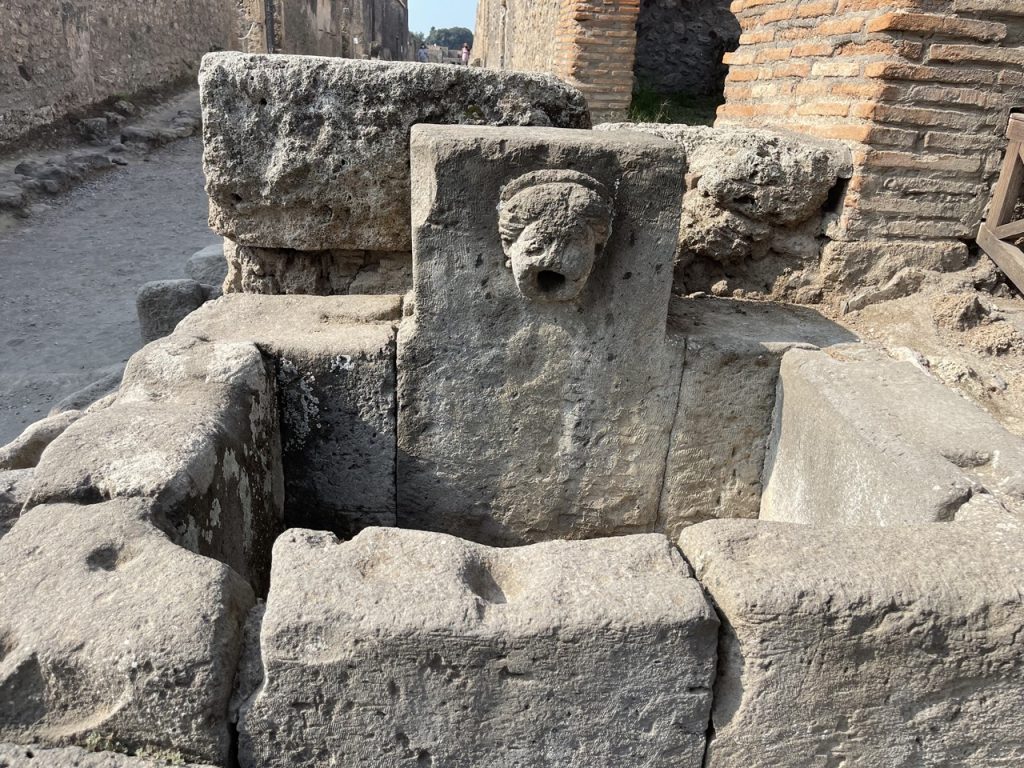
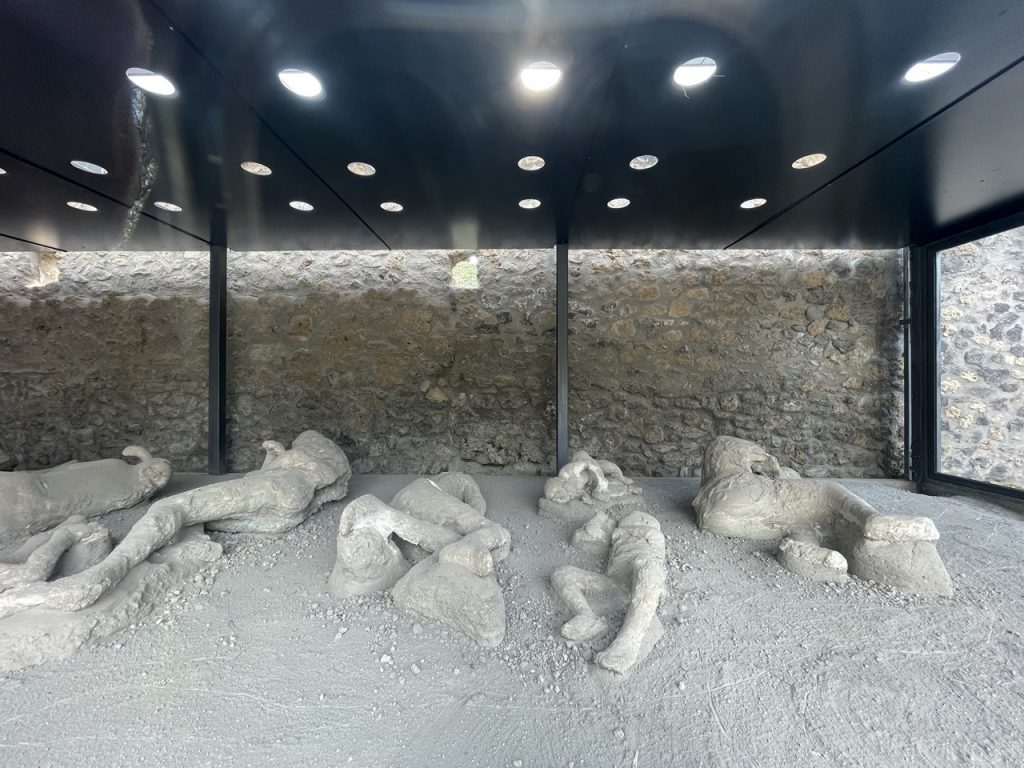
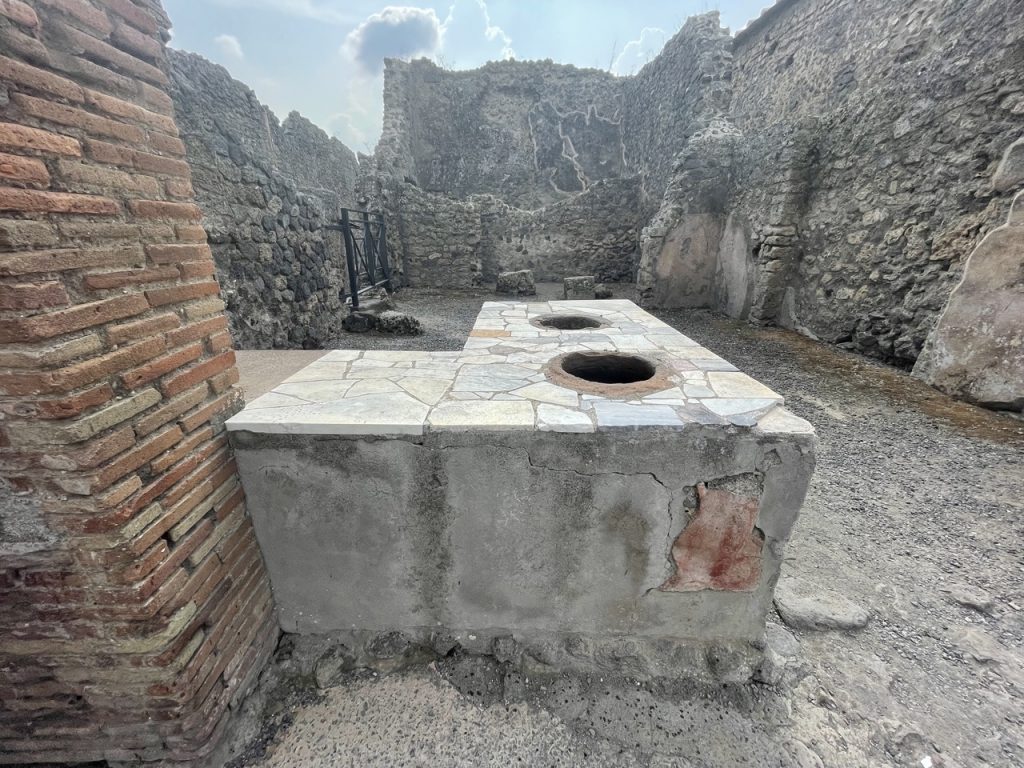
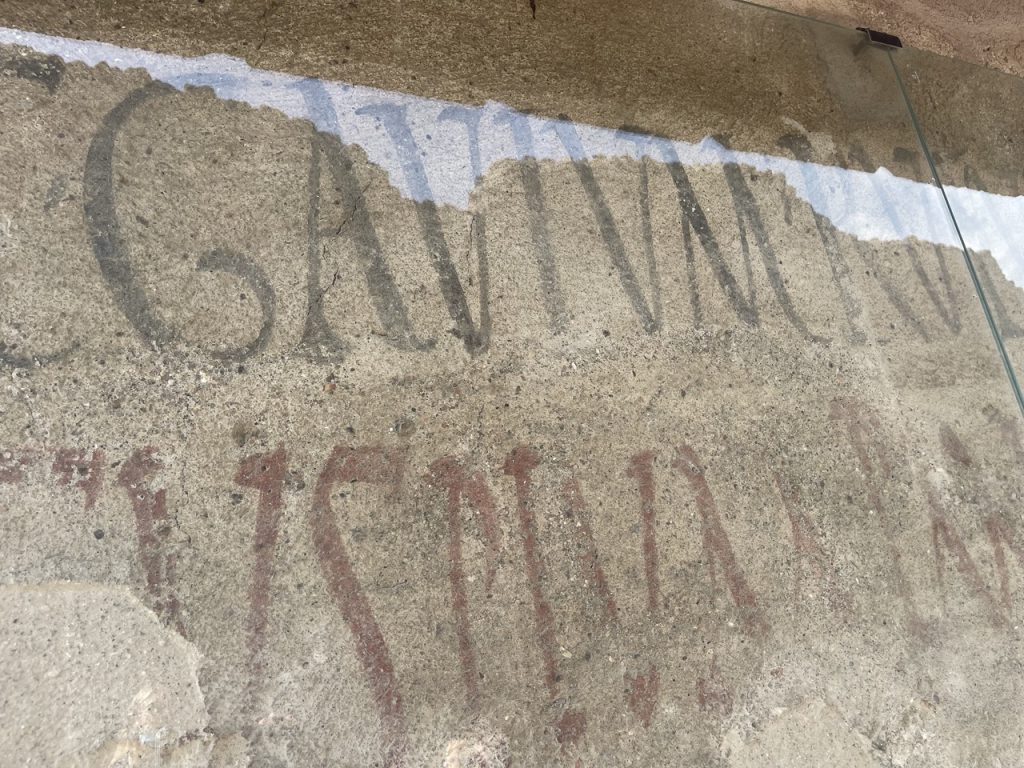
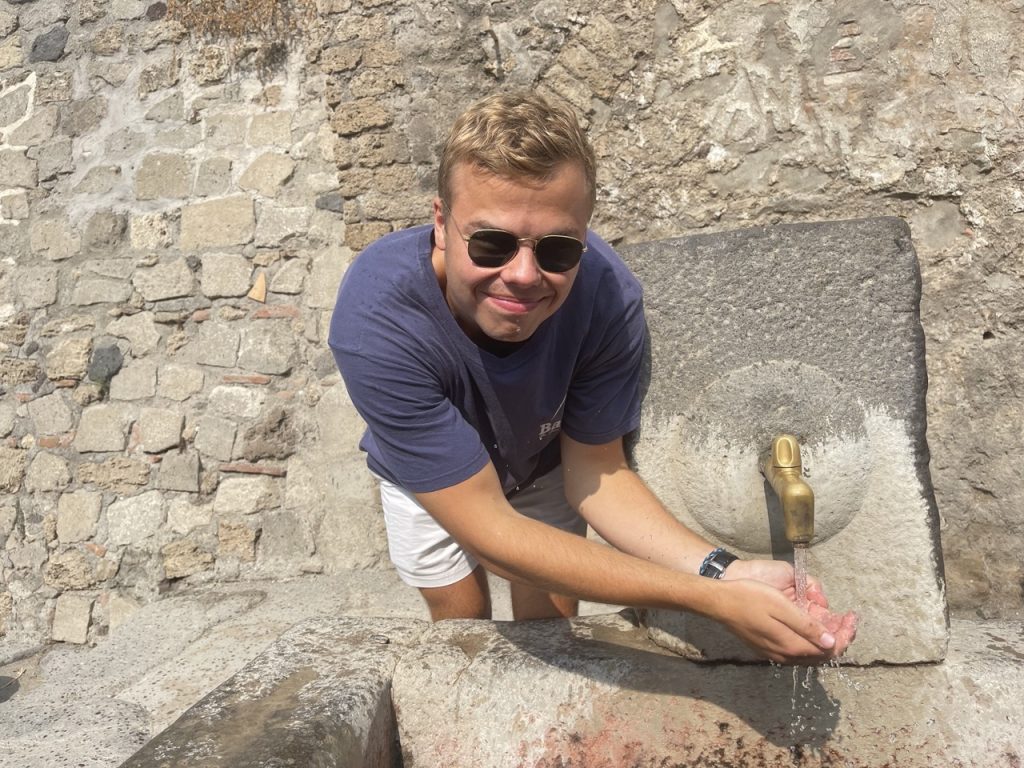
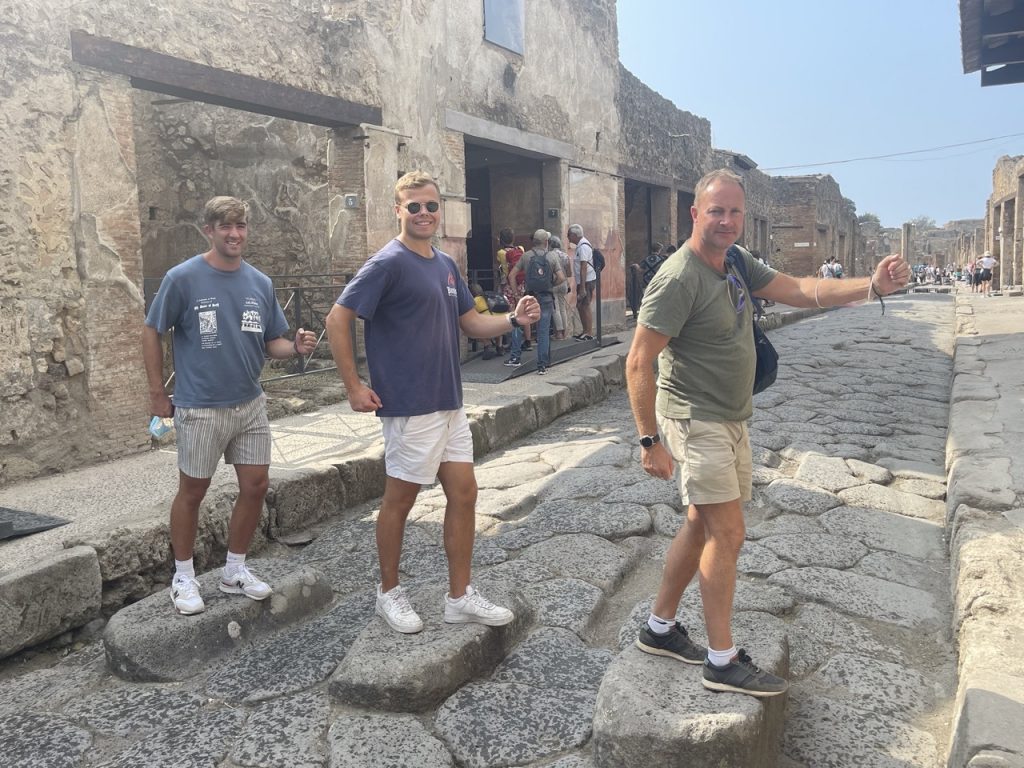
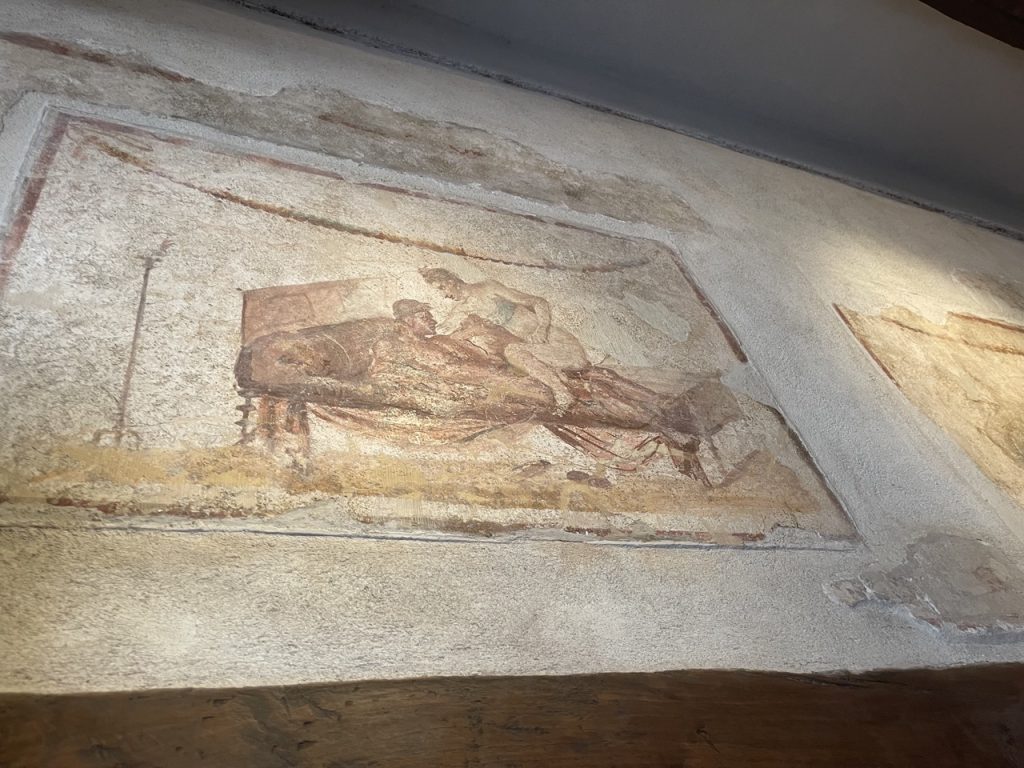
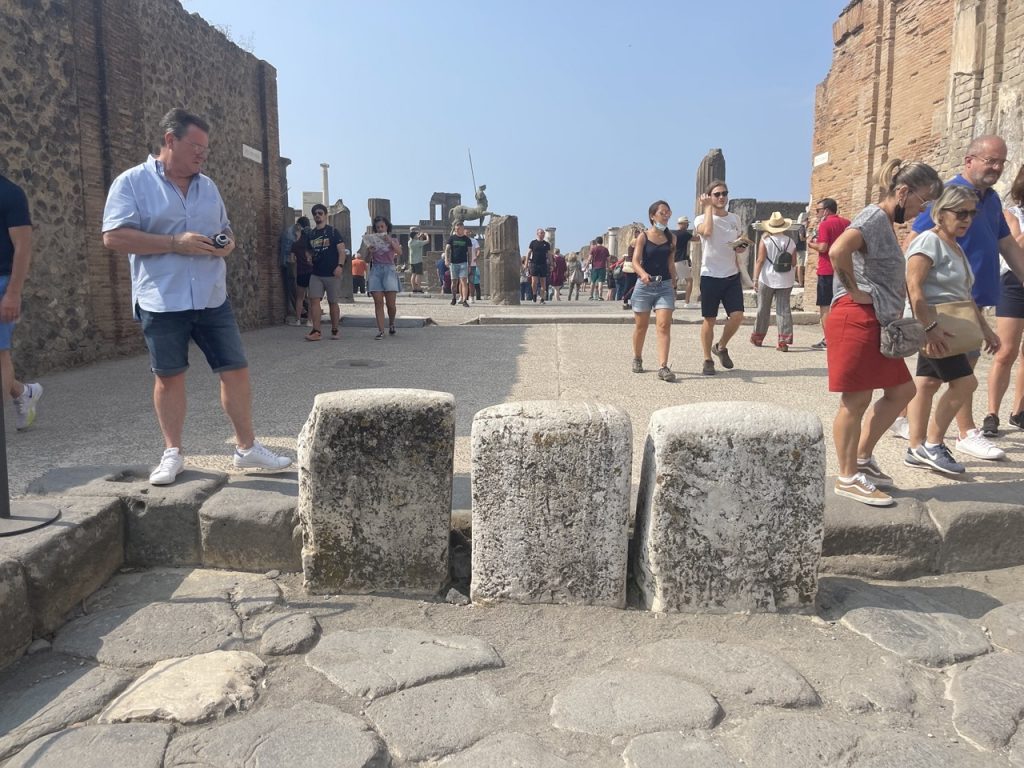
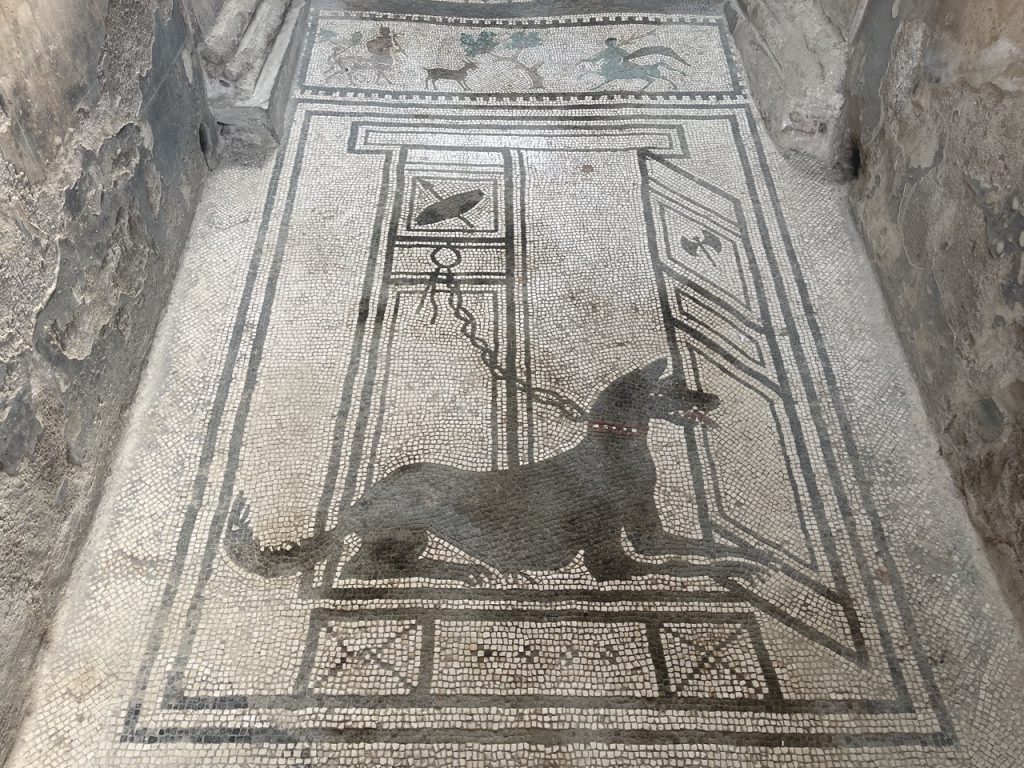
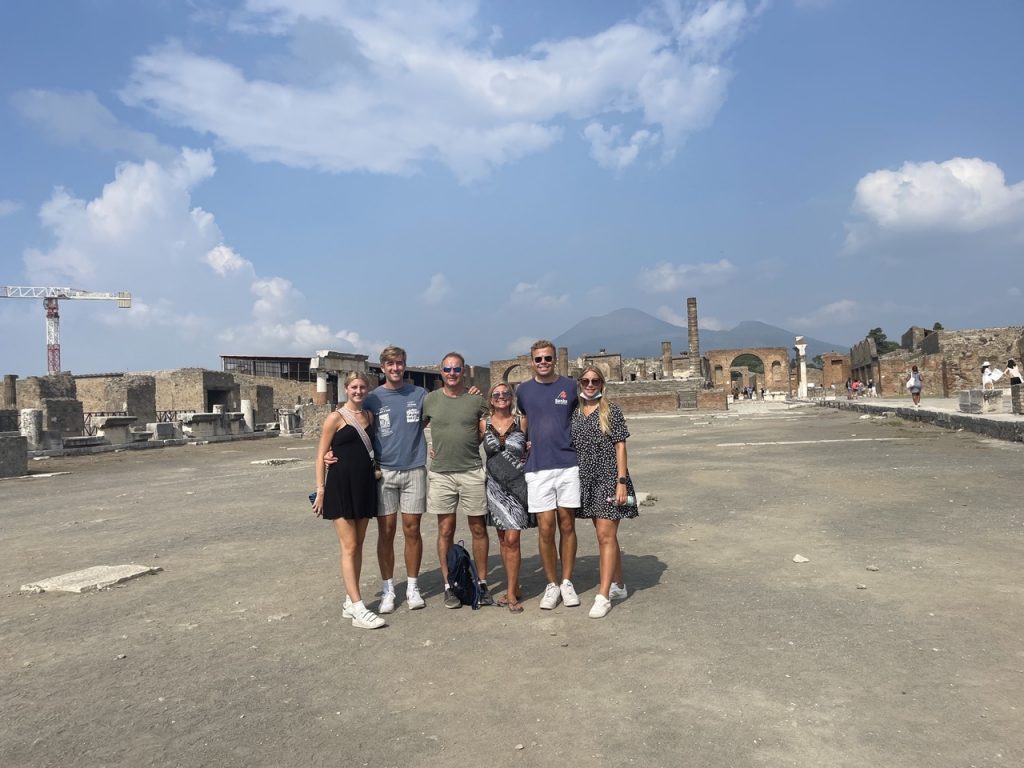
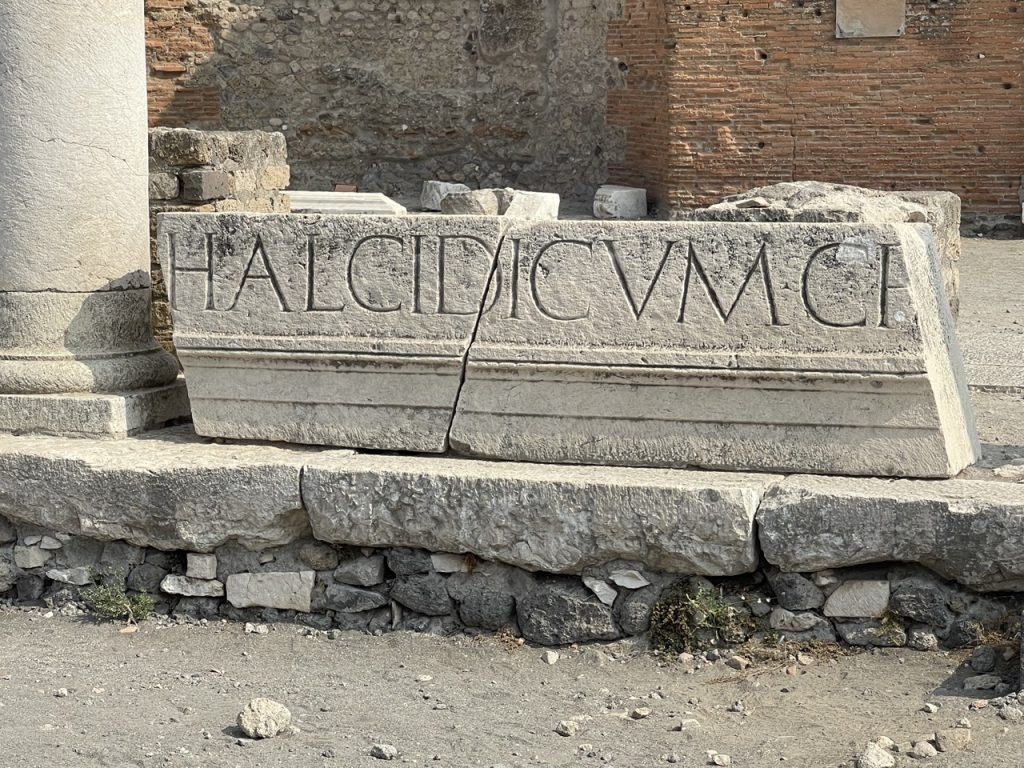

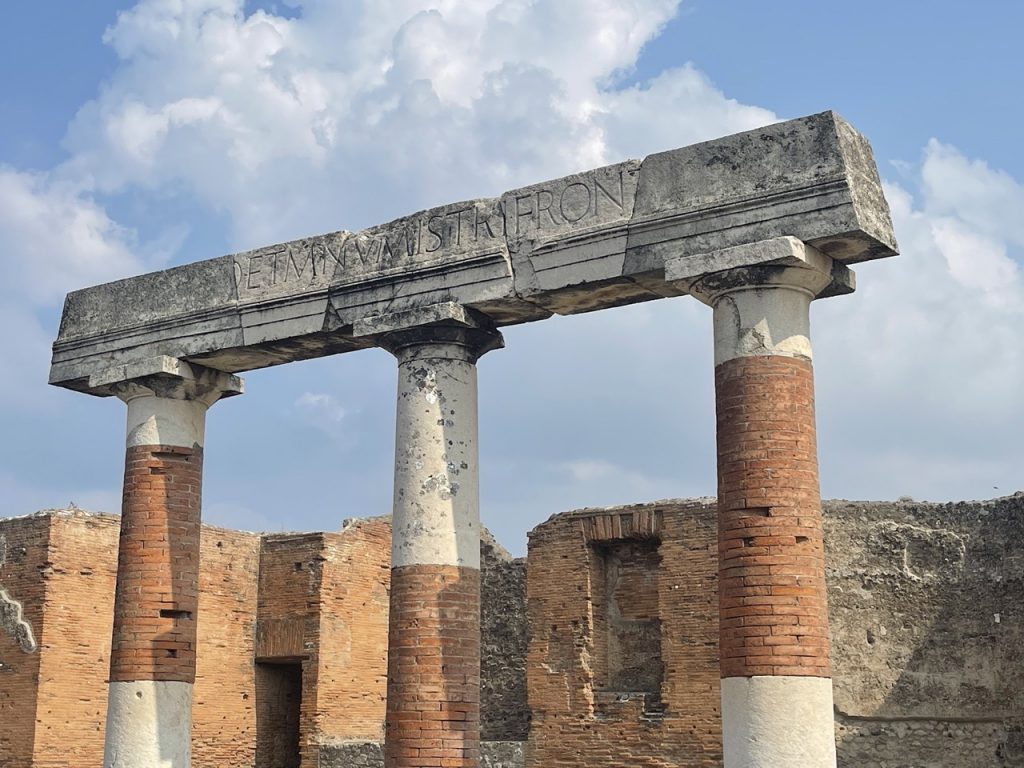

These are murals advertising ‘services’ in the brothel.
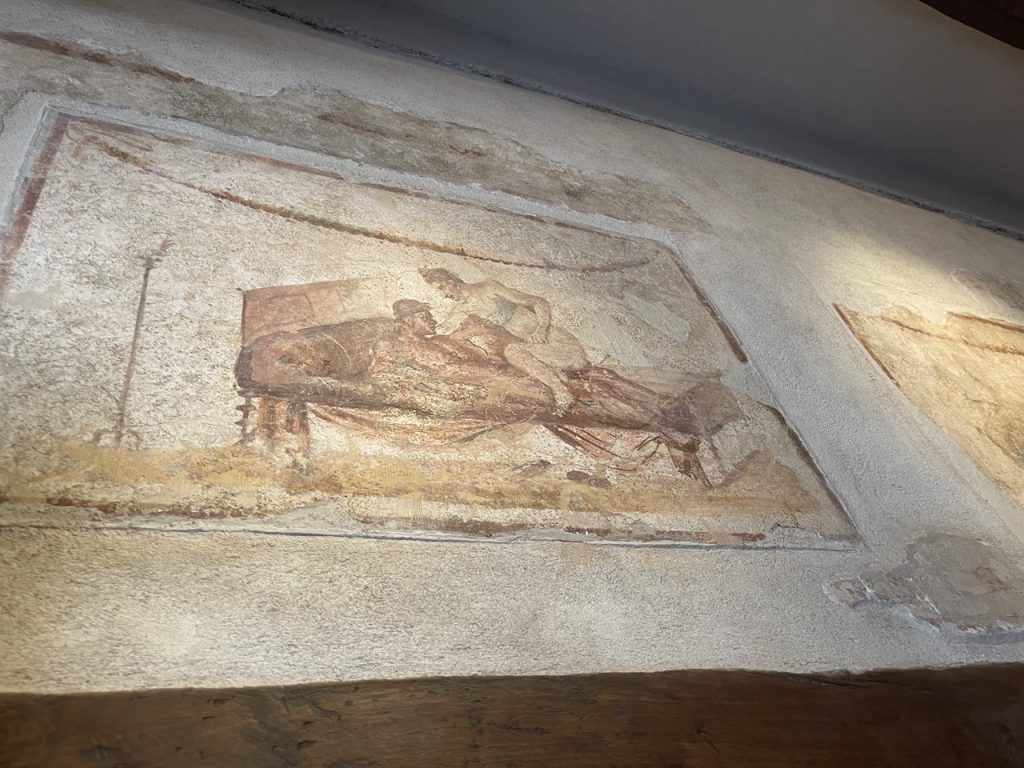

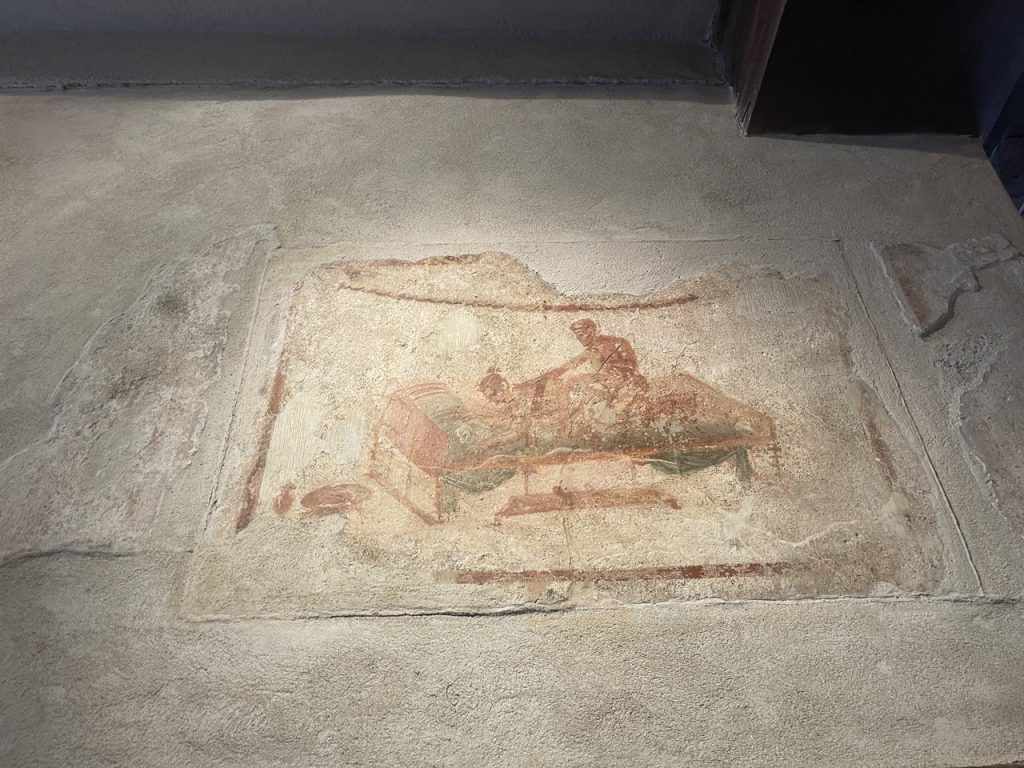

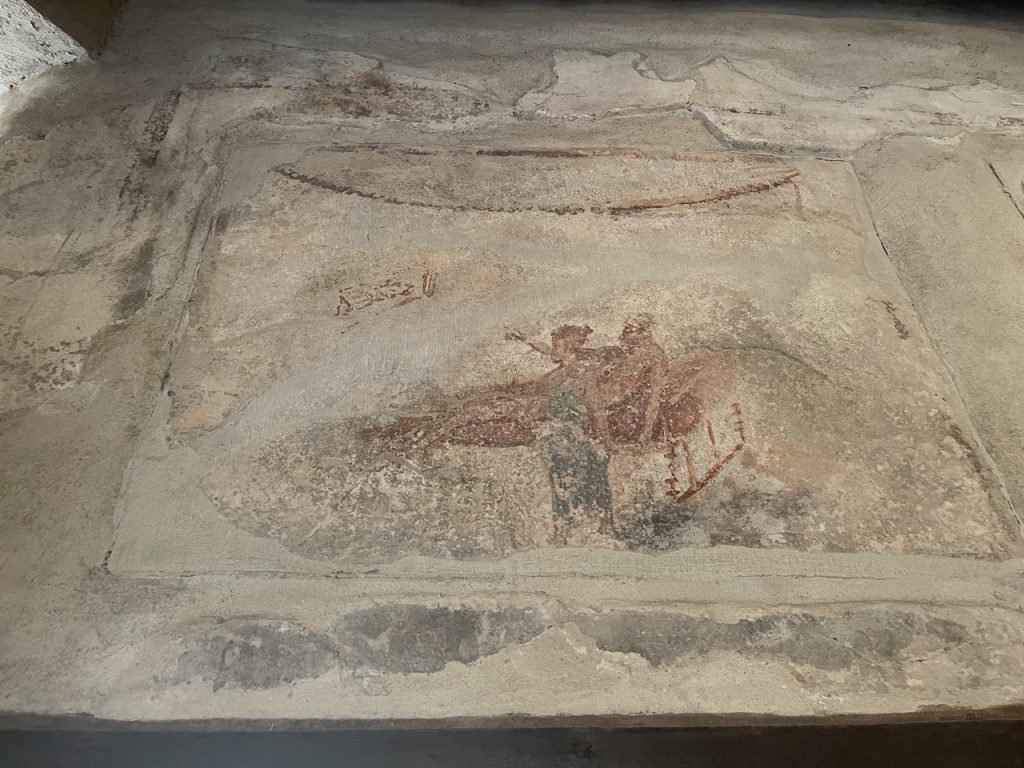

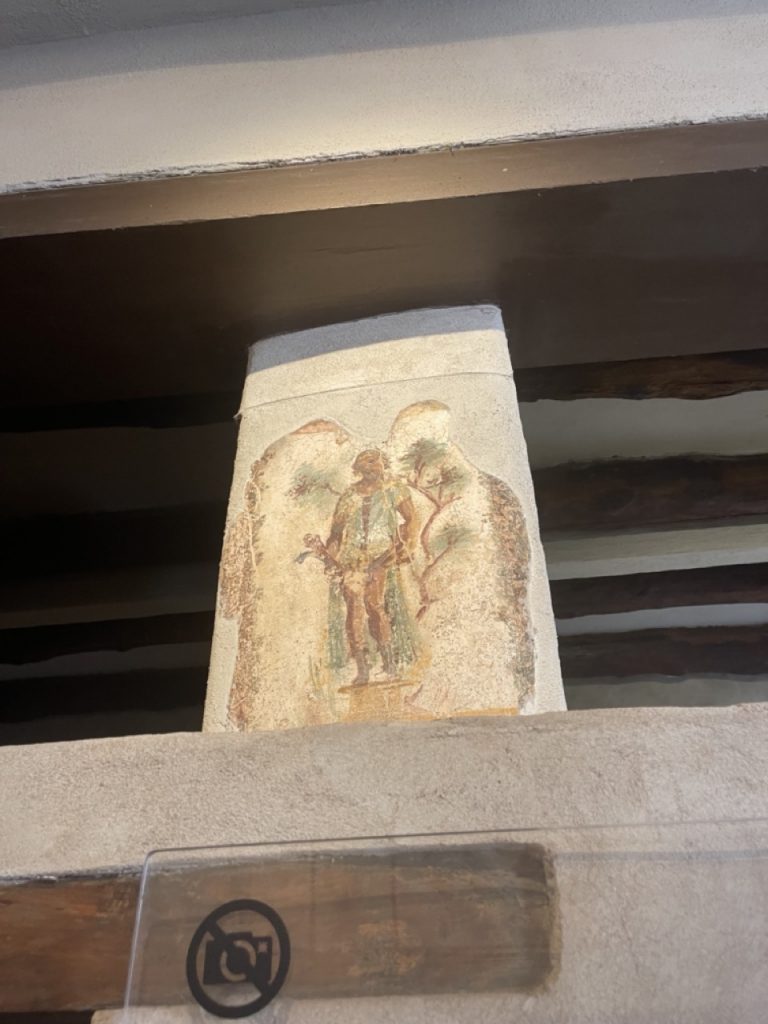

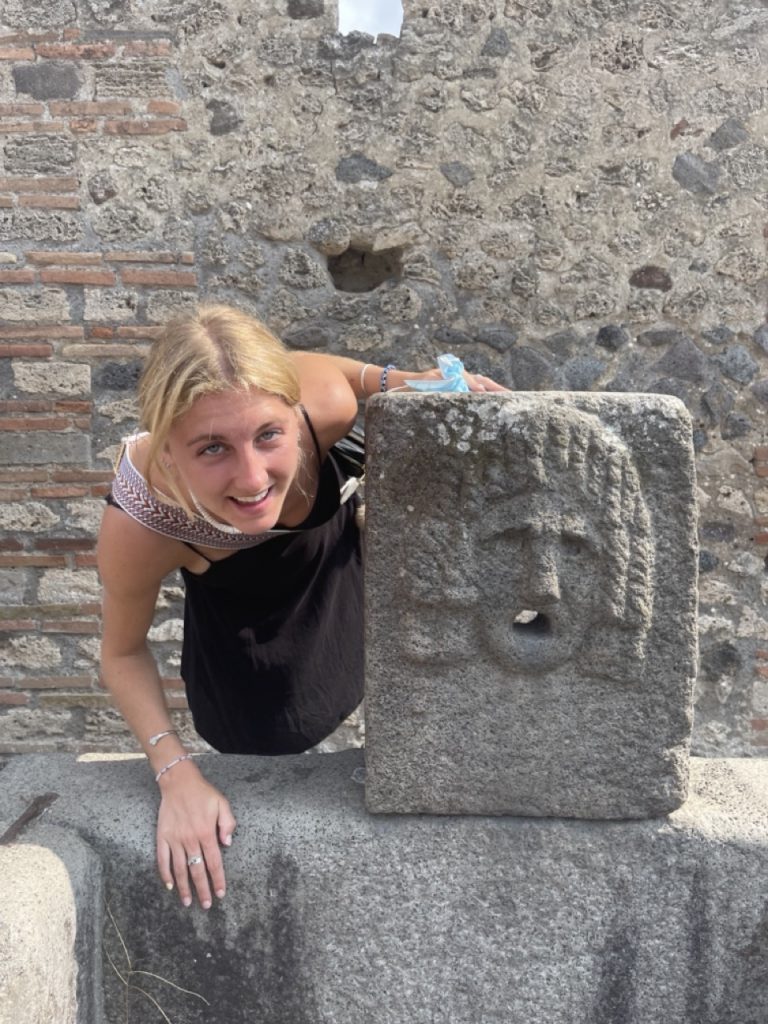

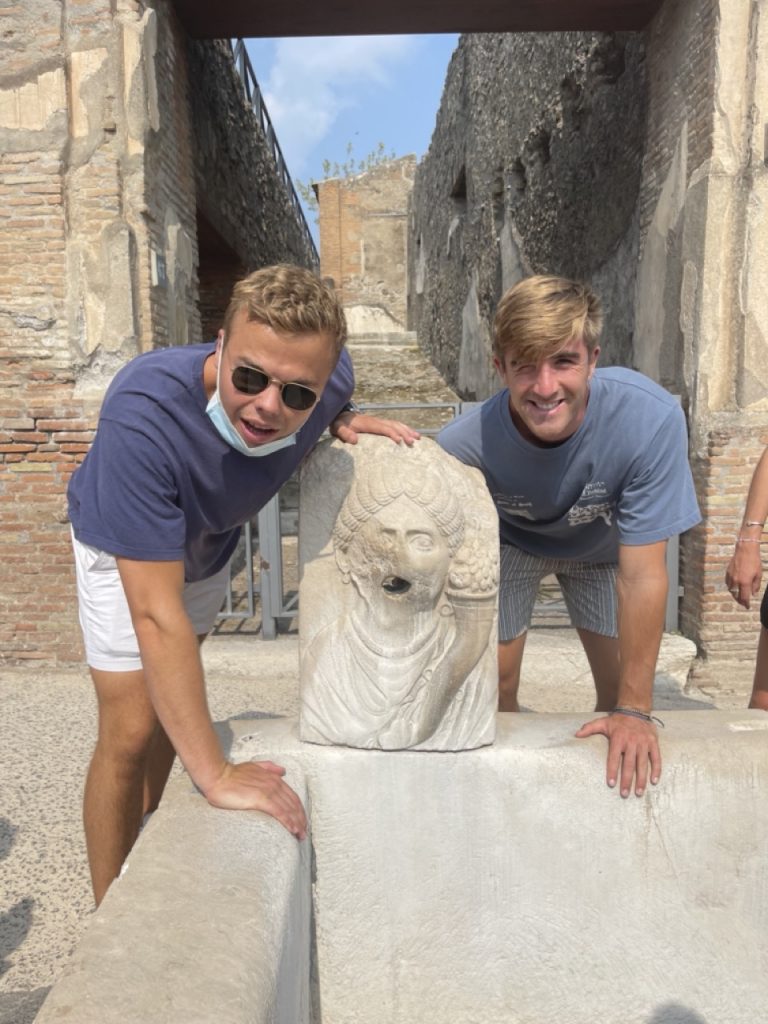

After Pompeii we stopped off at a nearby vineyard for lunch and wine tasting – Bosco De Medici Winery – unfortunately the torrential rain meant that Vesuvius had been closed to tourists and we were meant to climb it. The wine tasting more than made up for this! The food and wine were excellent and we left feeling rather tipsy!
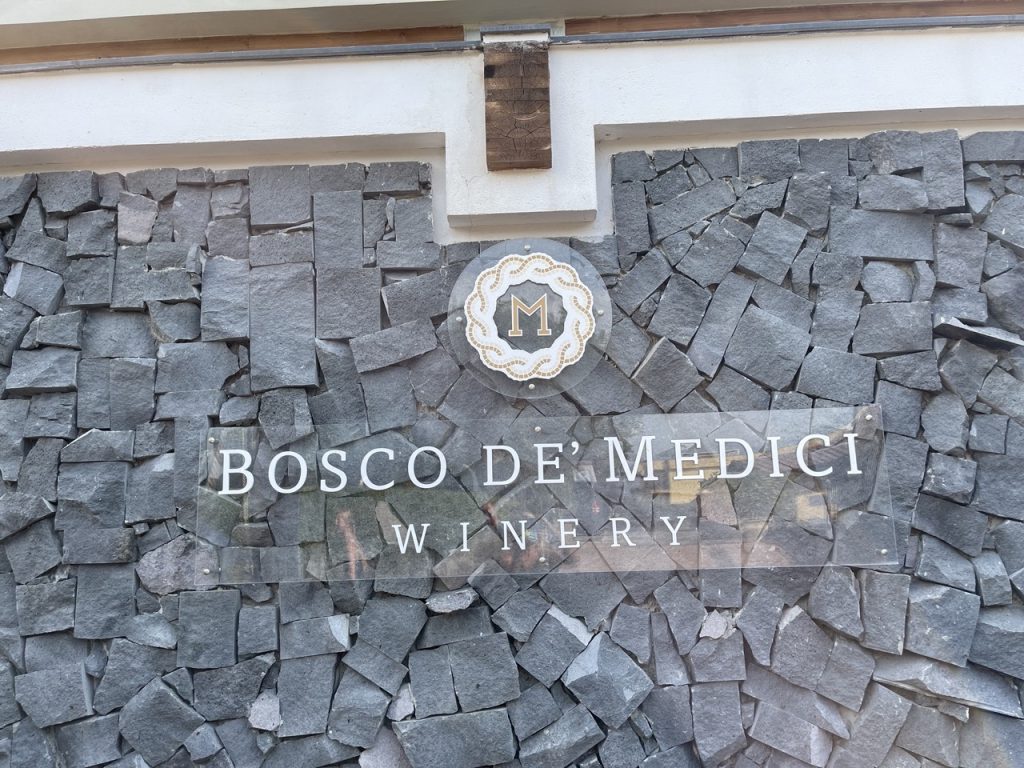

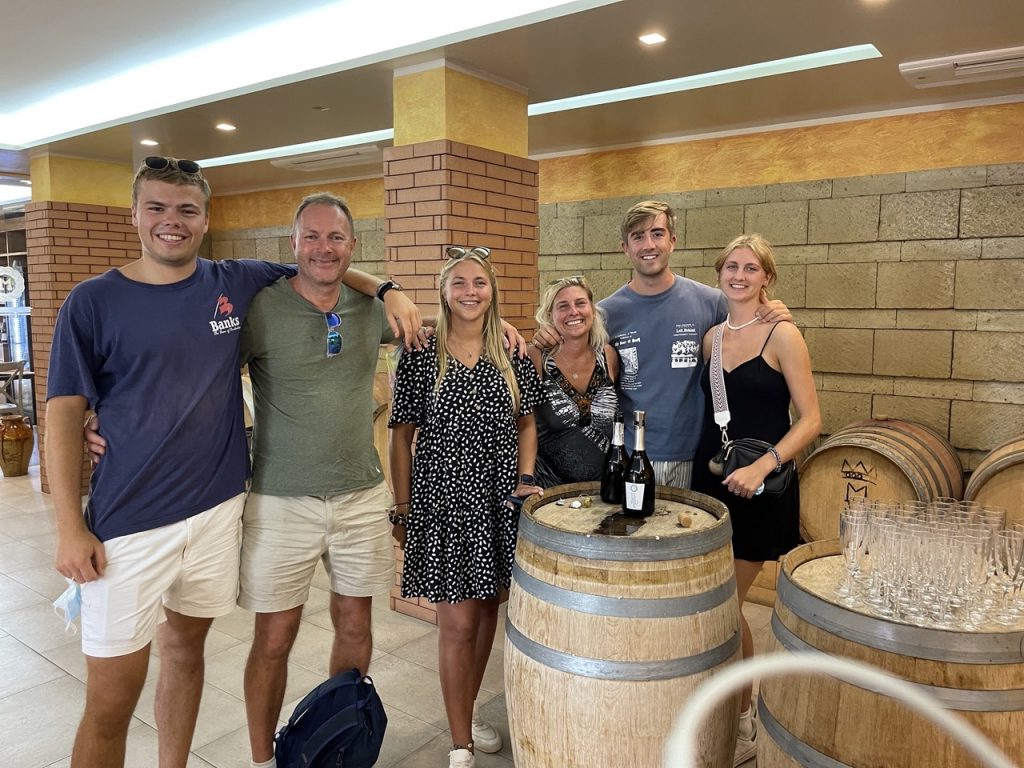

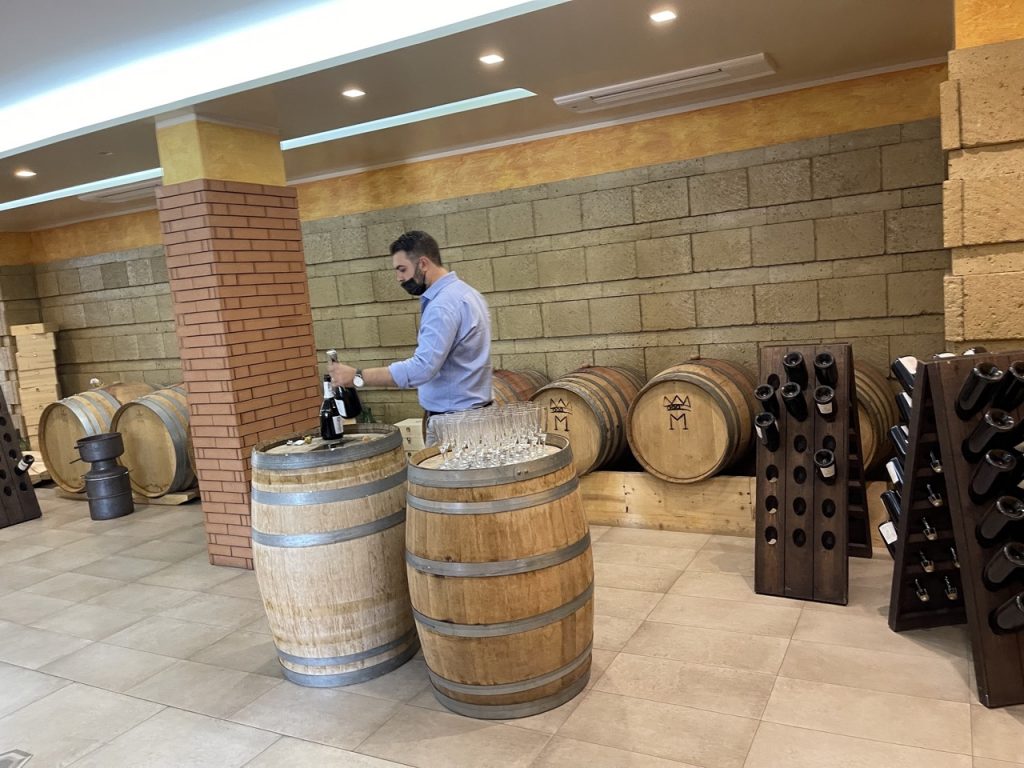

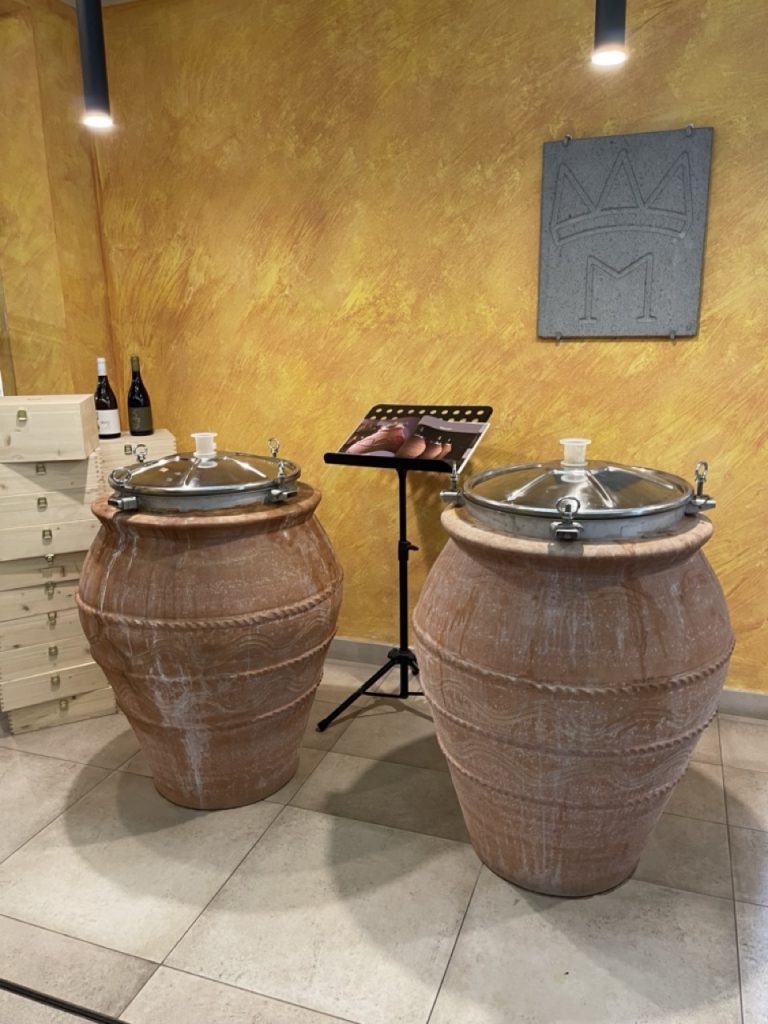

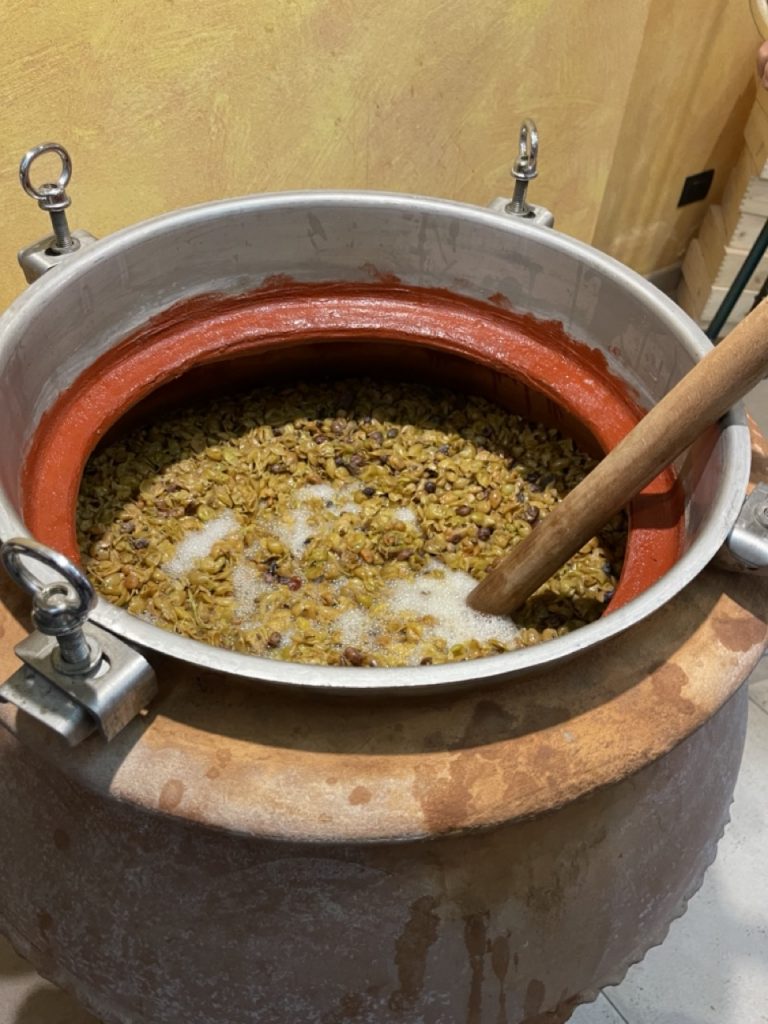

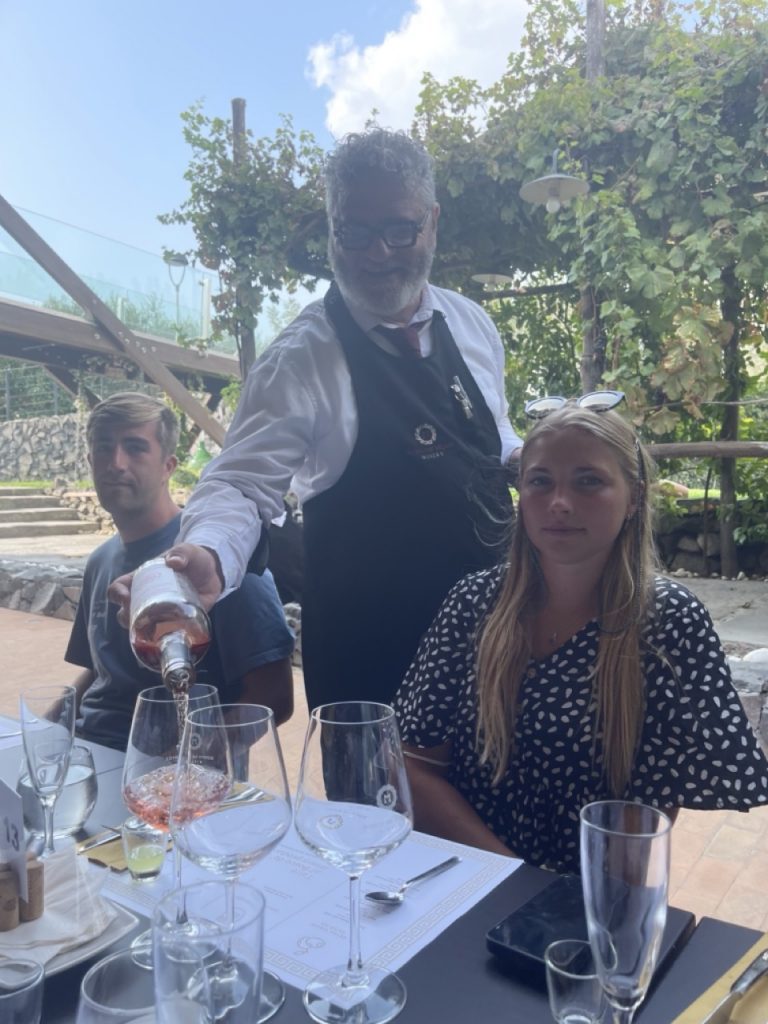

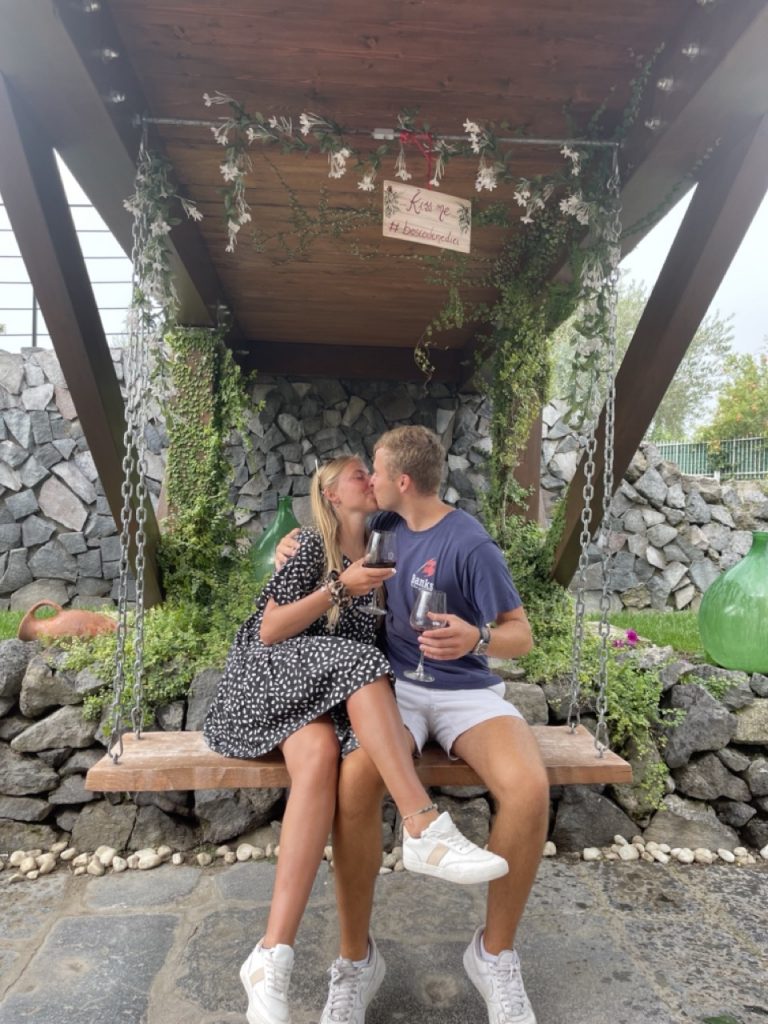

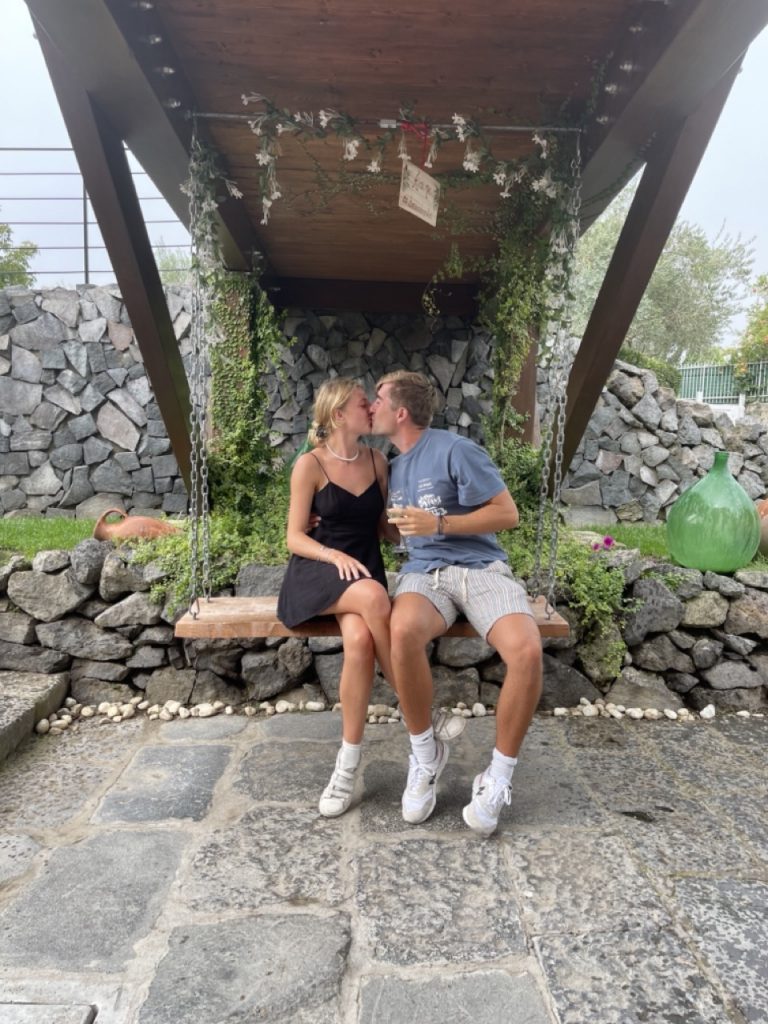

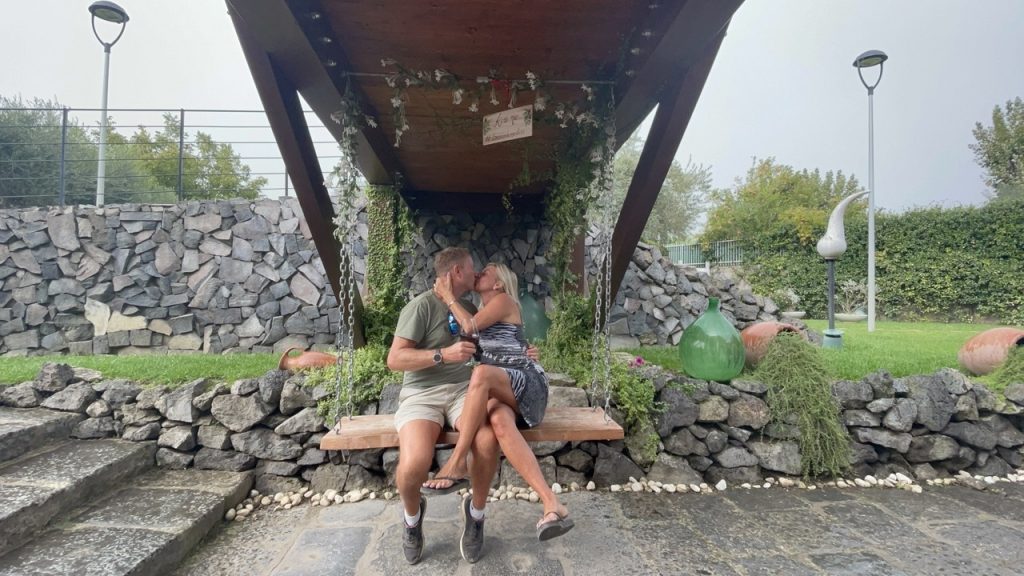

Boasting only a small harbour the main advantages for Herculaneum were its excellent climate and its seaside position. It grew into a holiday resort and luxurious retreat for the wealthy landowners who built and bought estates there. The largest villa, the so-called Villa of the Papyri, is widely believed to have been owned by Julius Caesar’s father-in-law, Lucius Calpurnius Piso Caesoninus. Very different to the vast site of Pompeii but we don’t think either is better – both are simply incredible and a MUST do.
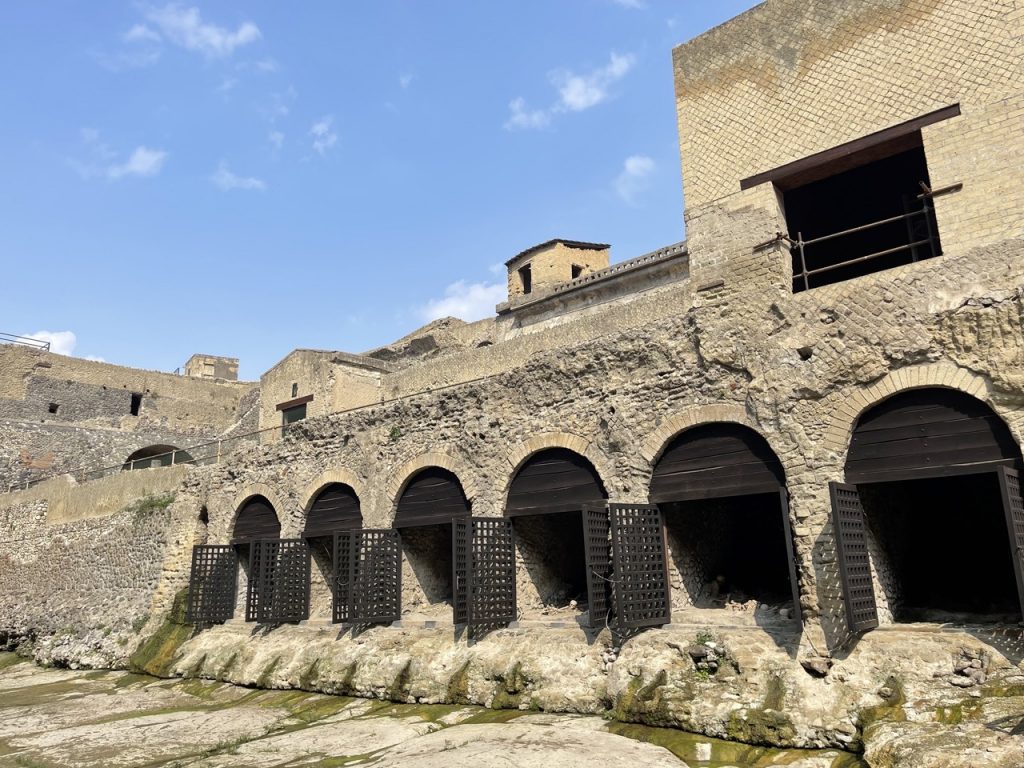




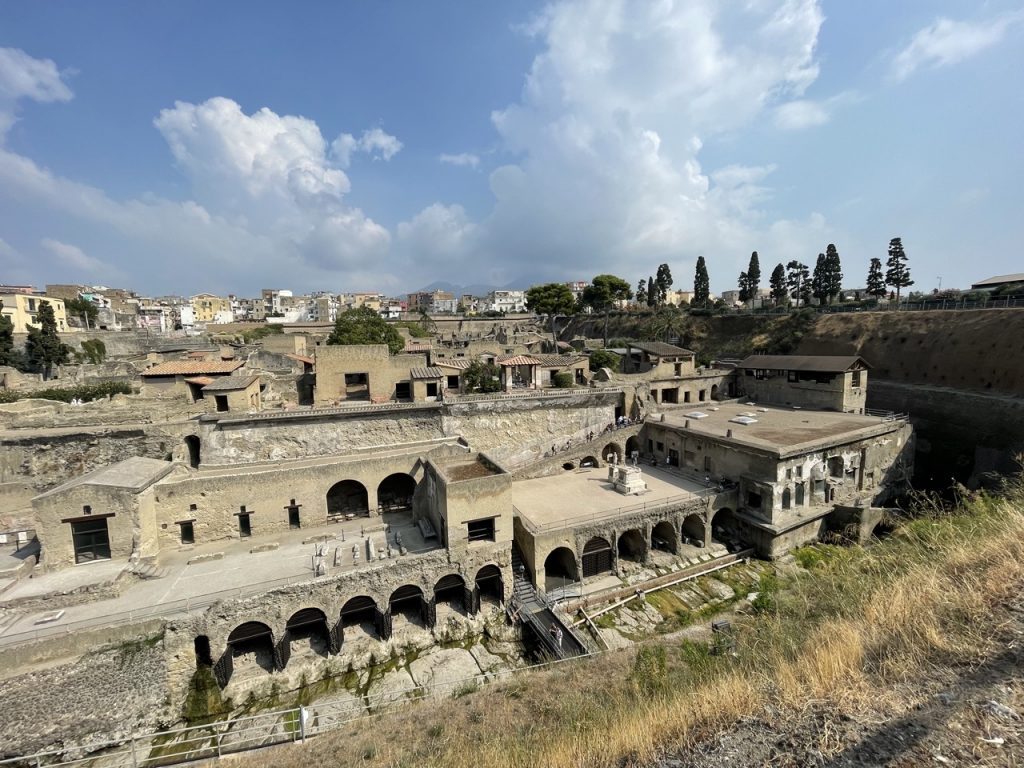

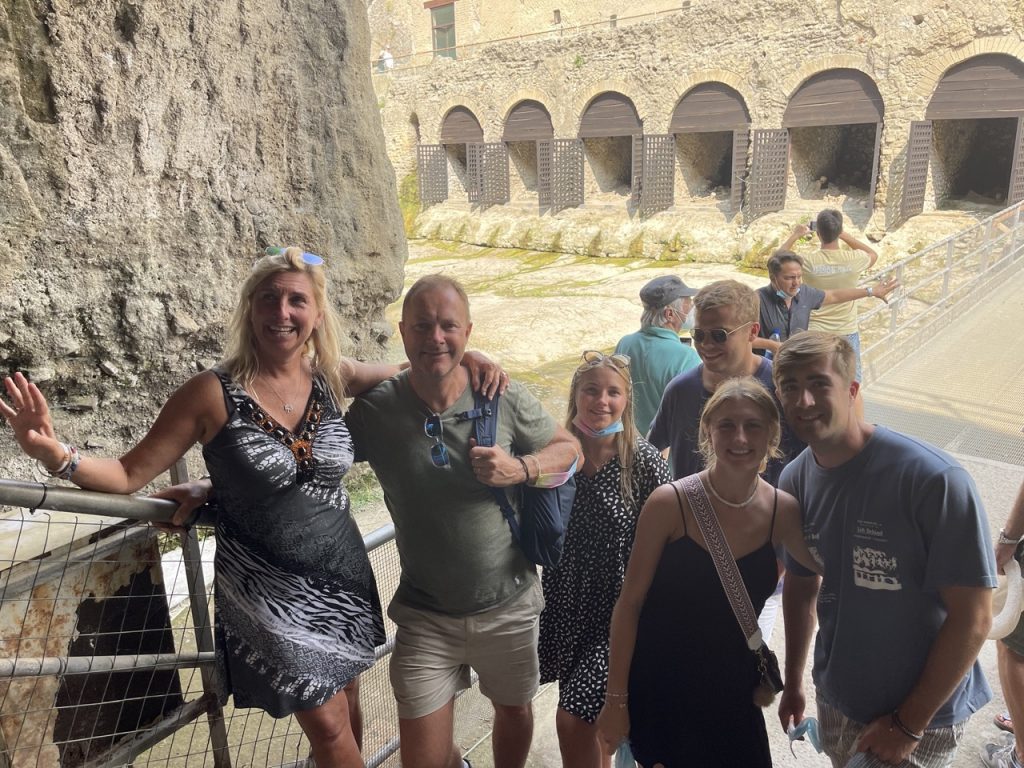

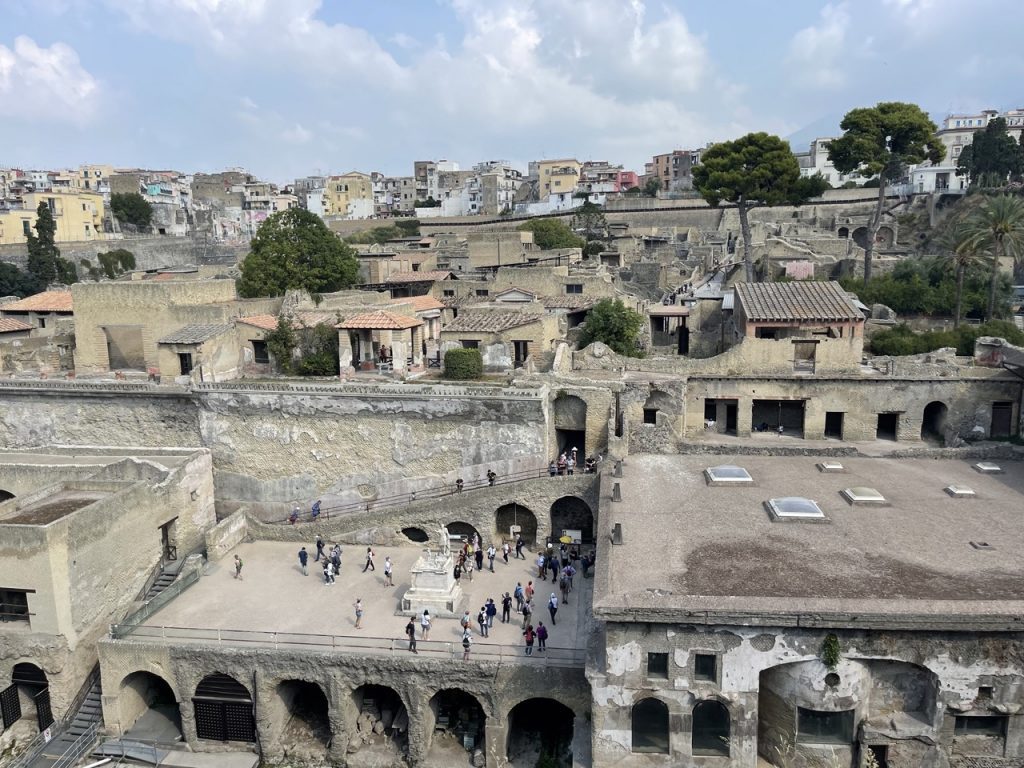

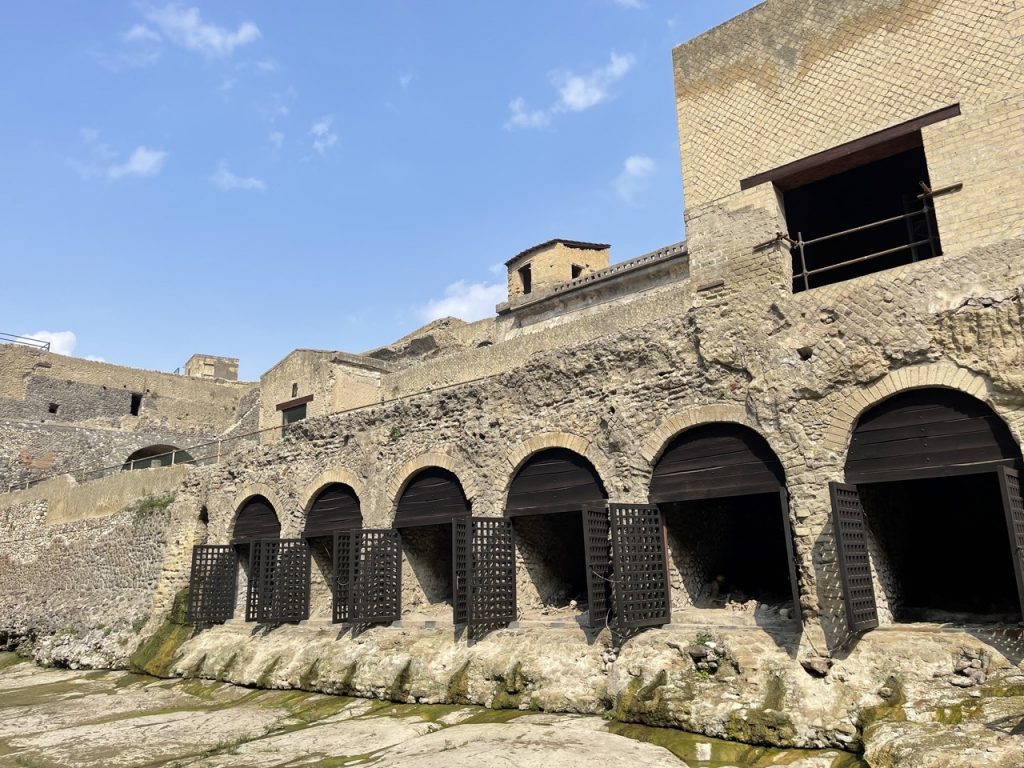

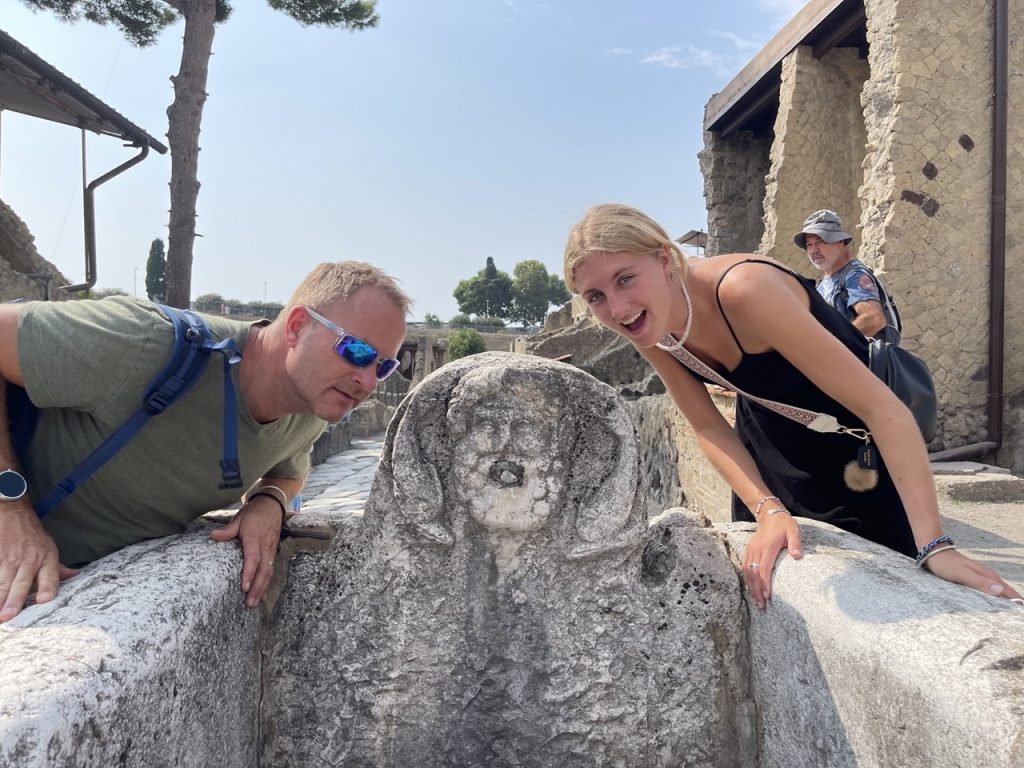

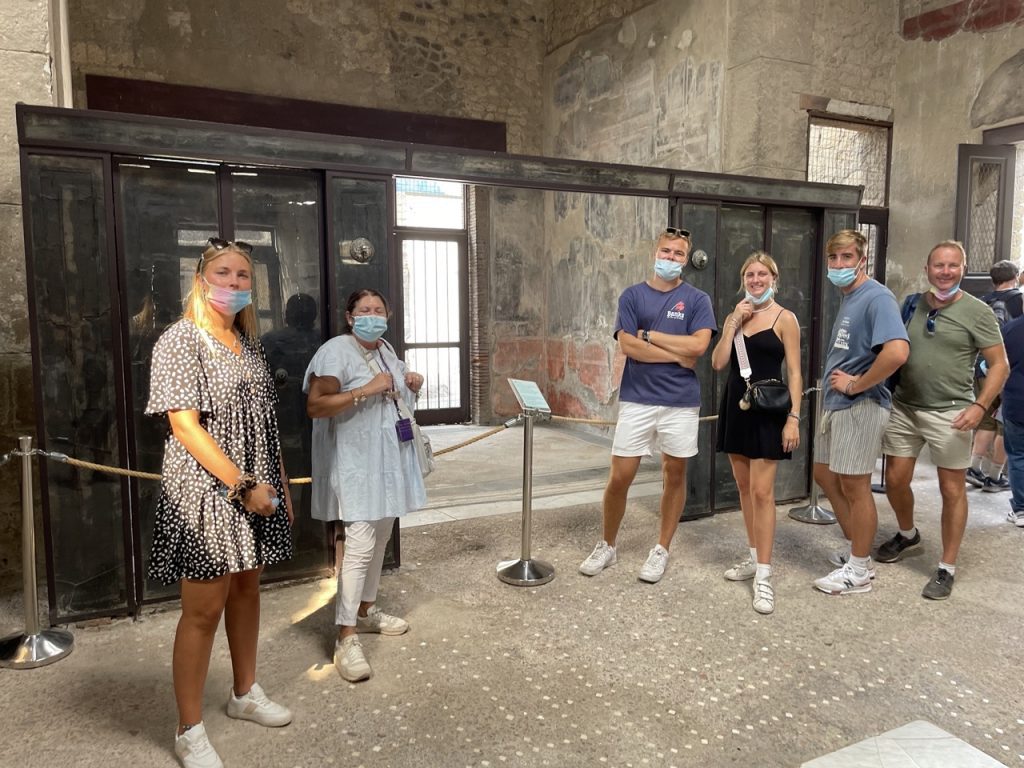

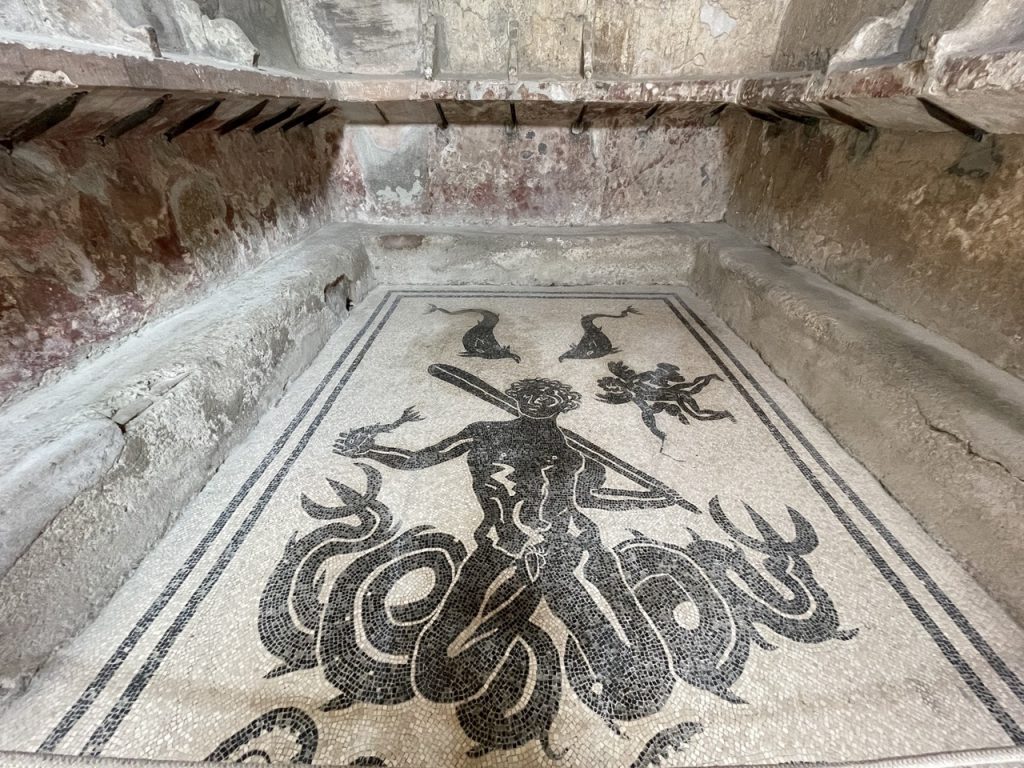

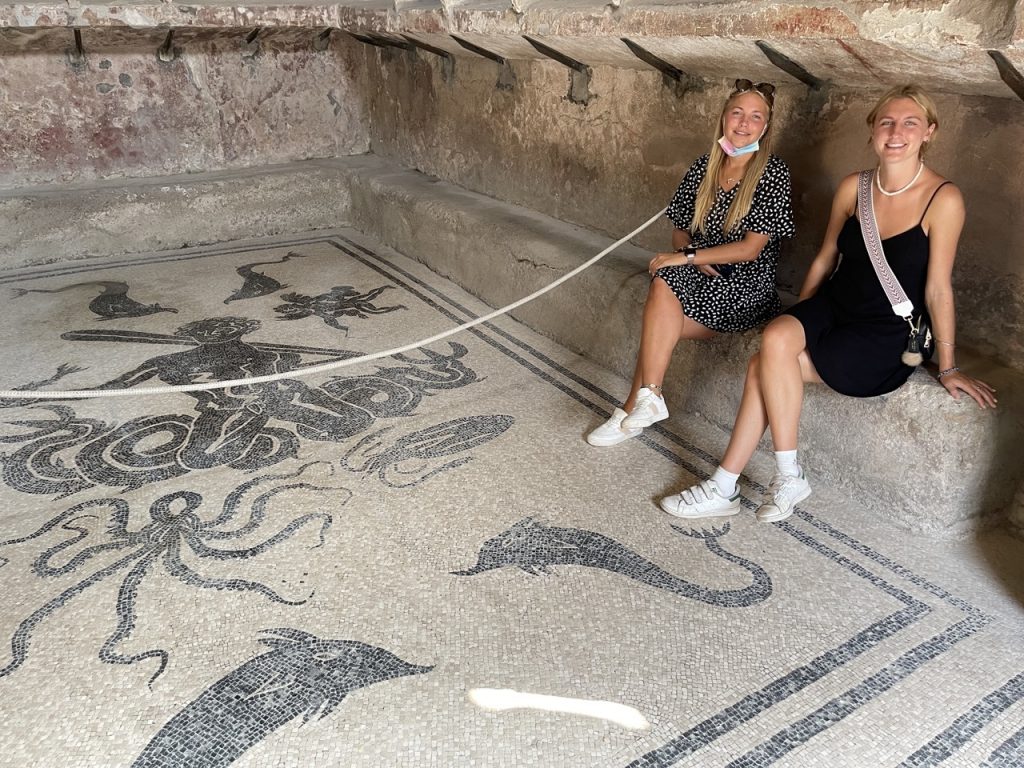

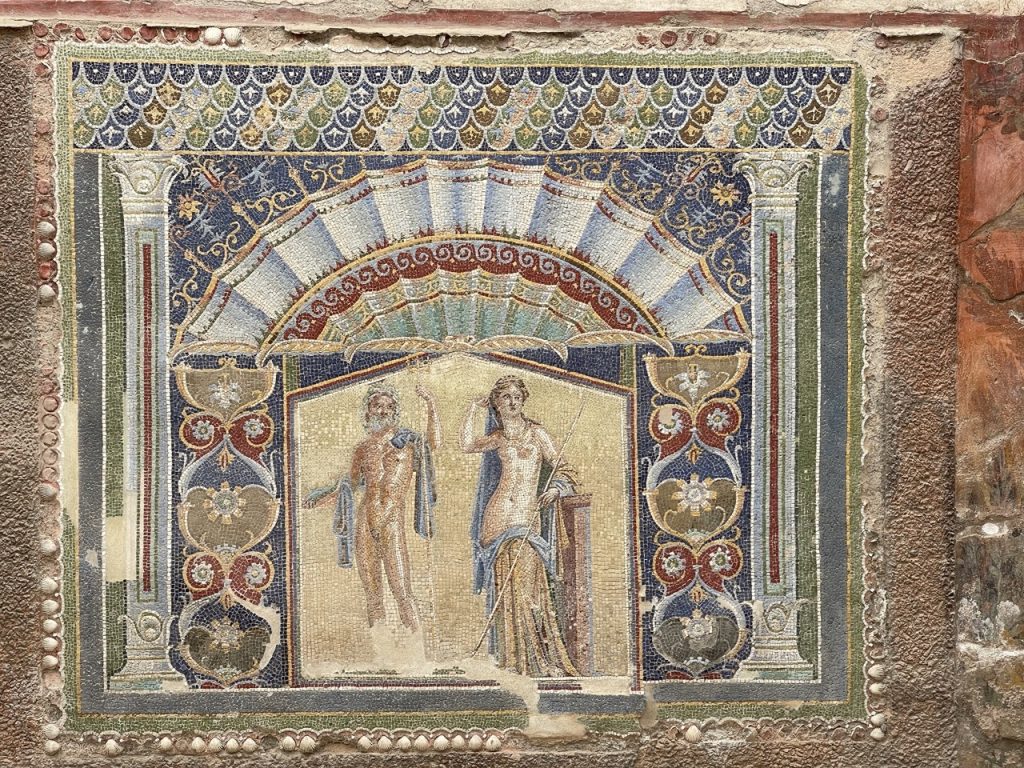

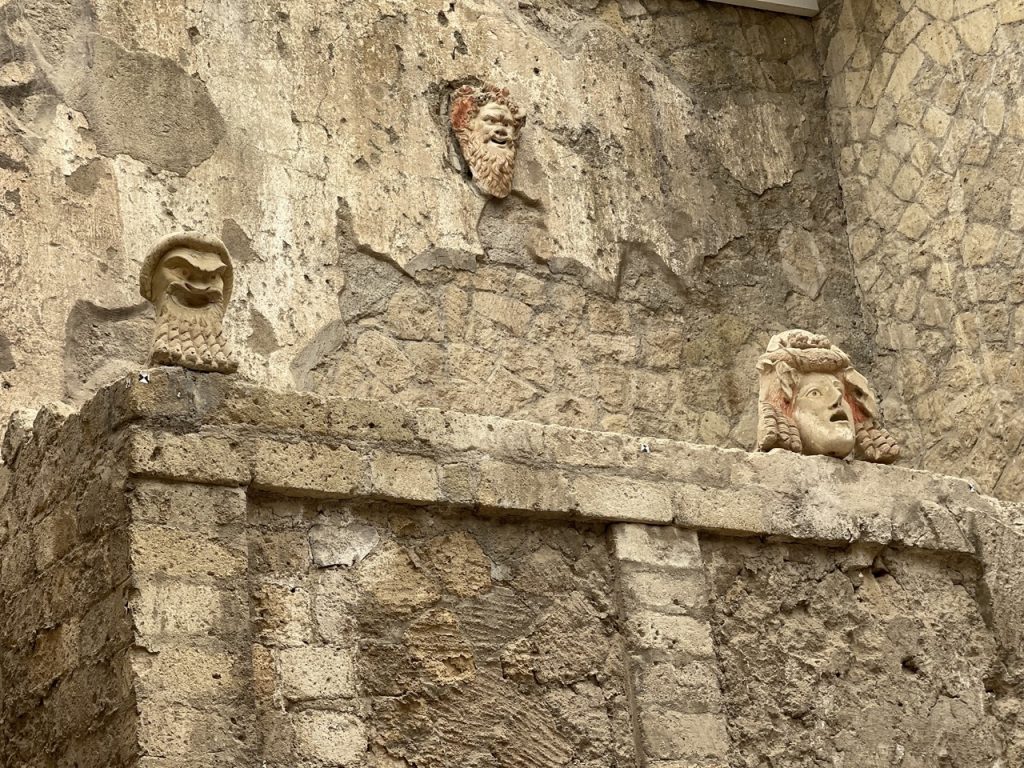

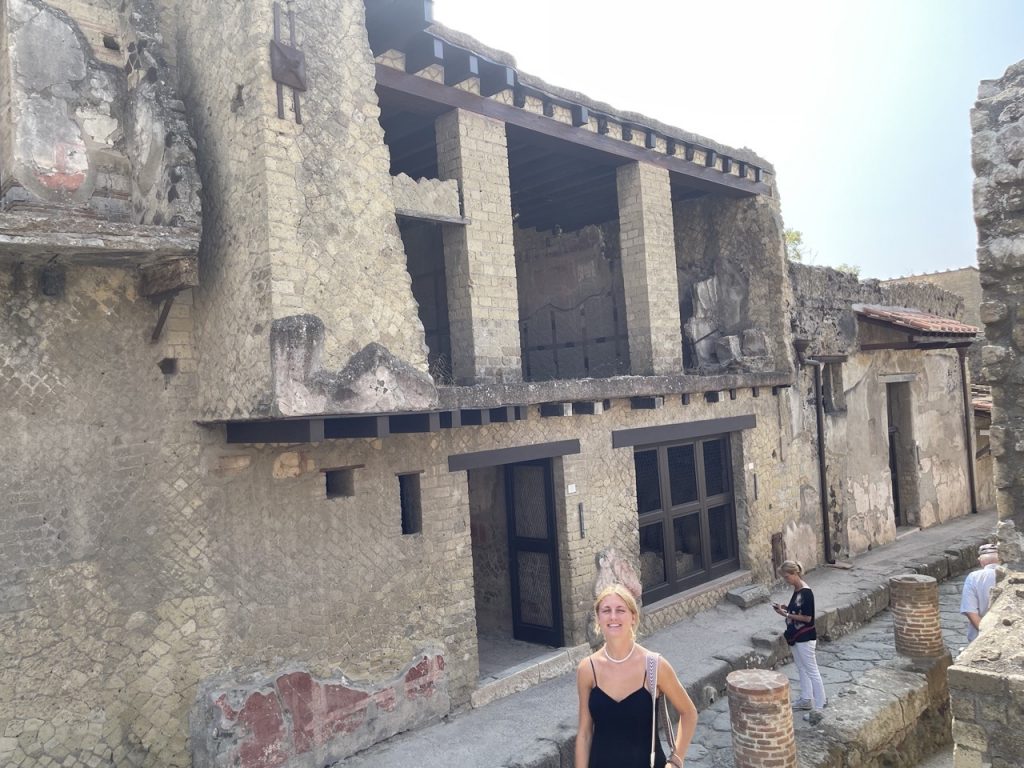

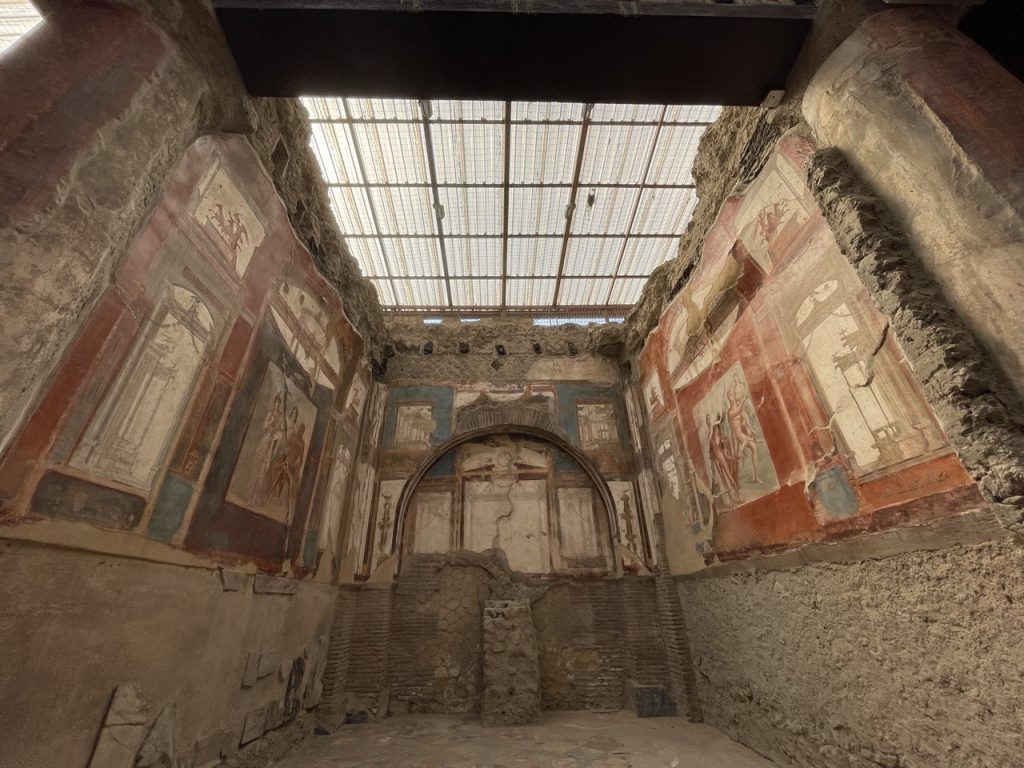

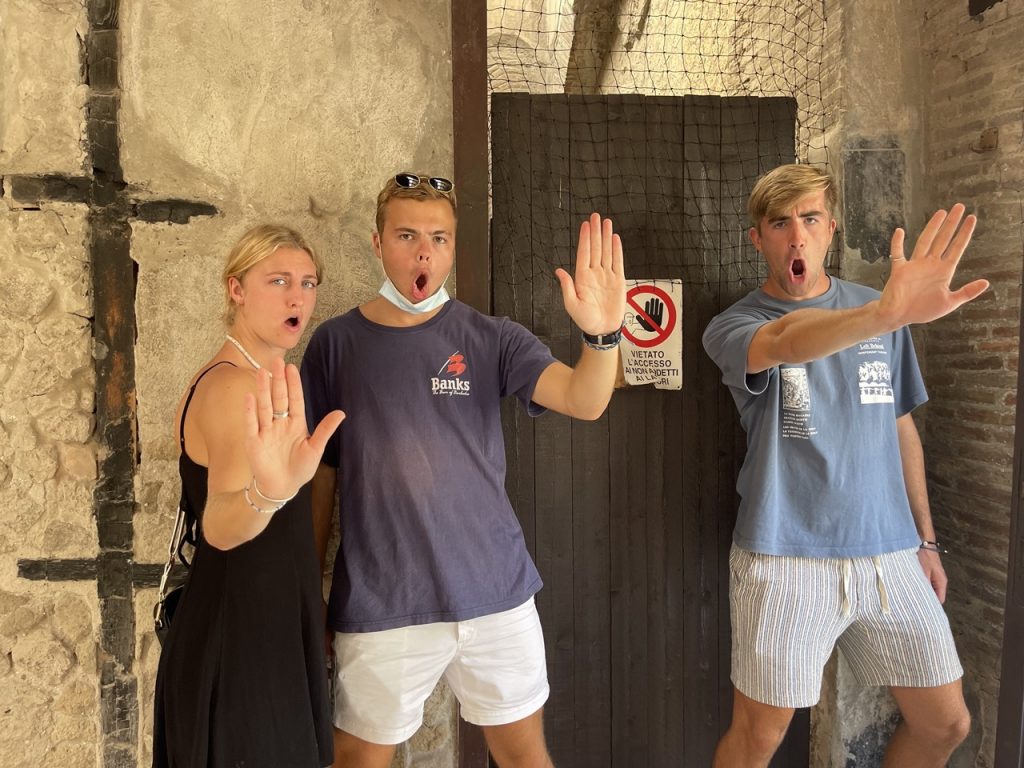

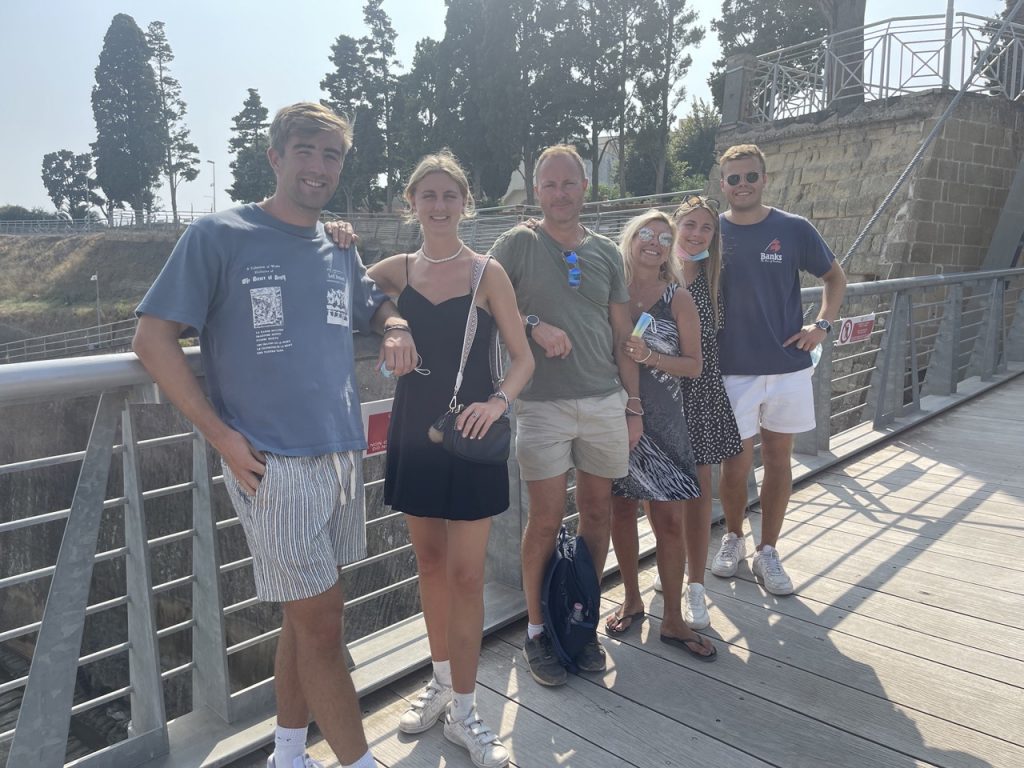

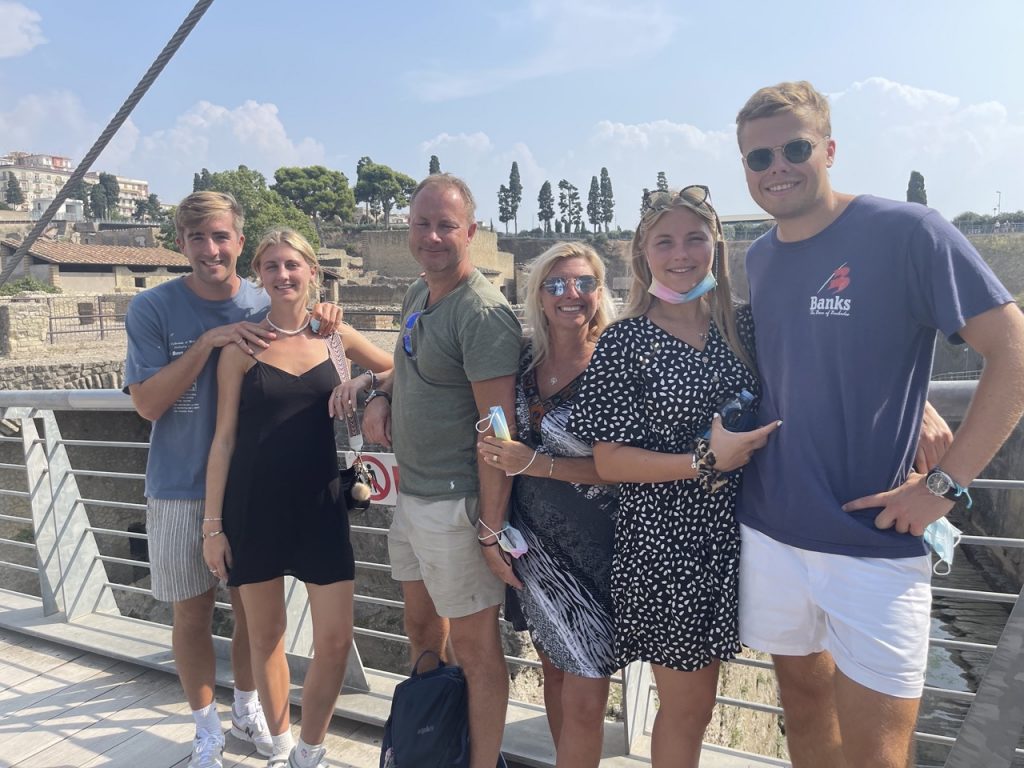

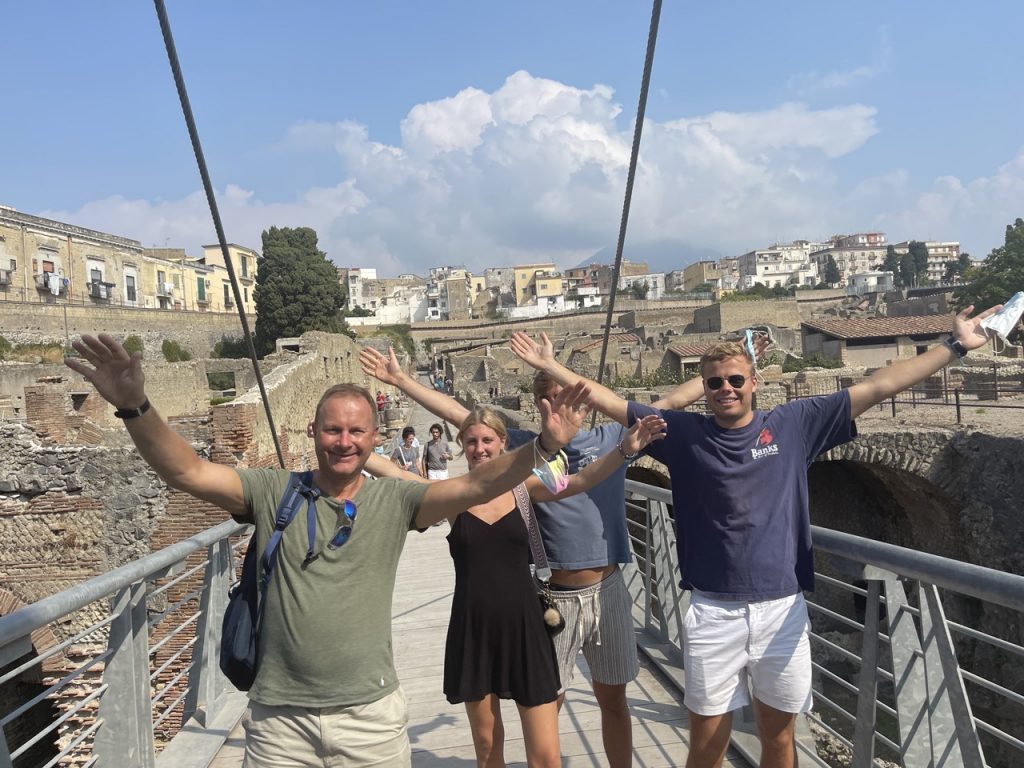

Outside of the site there is another small museum which houses some artefacts and the remains of a wooden boat from the site …again – amazing.
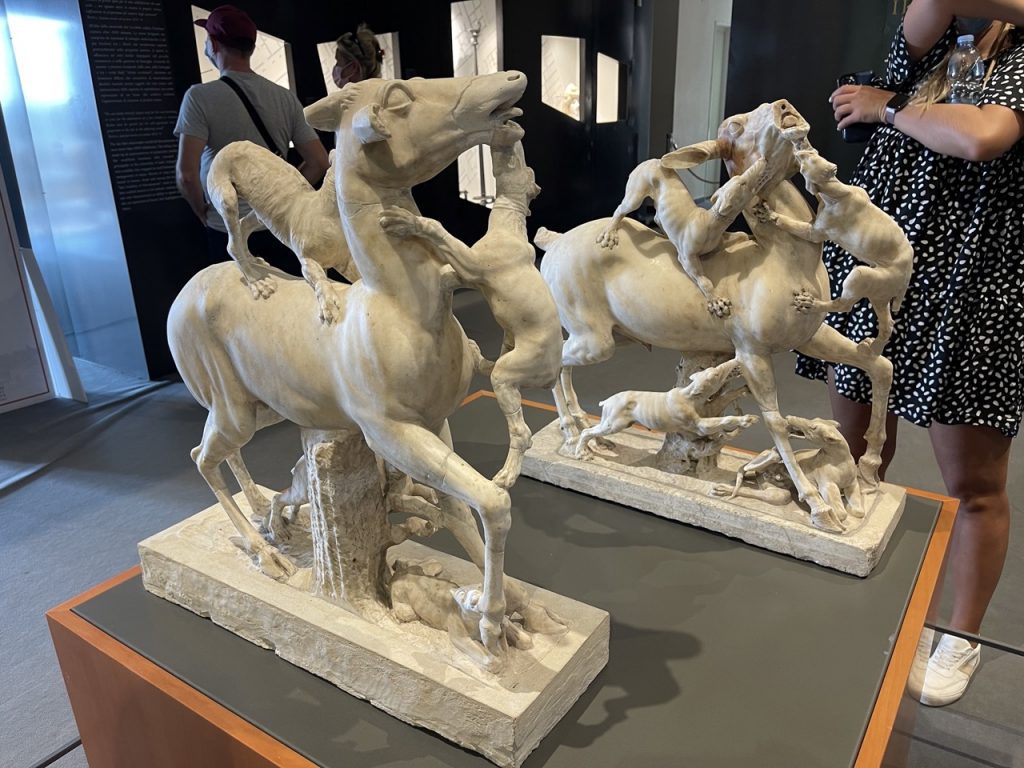

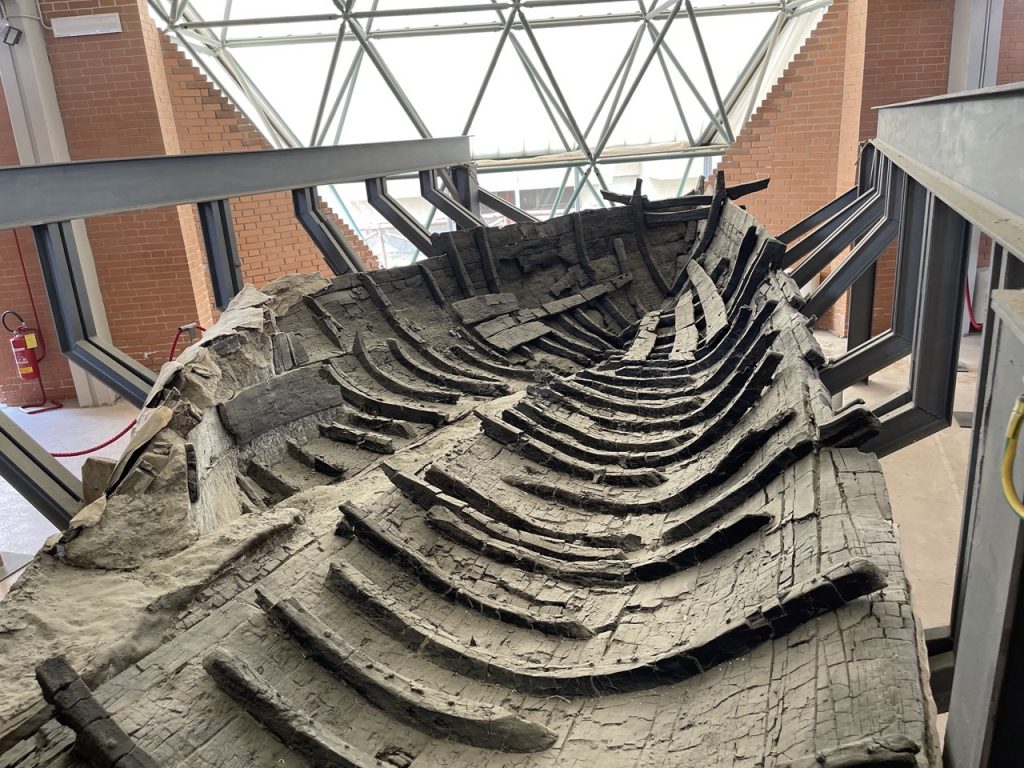

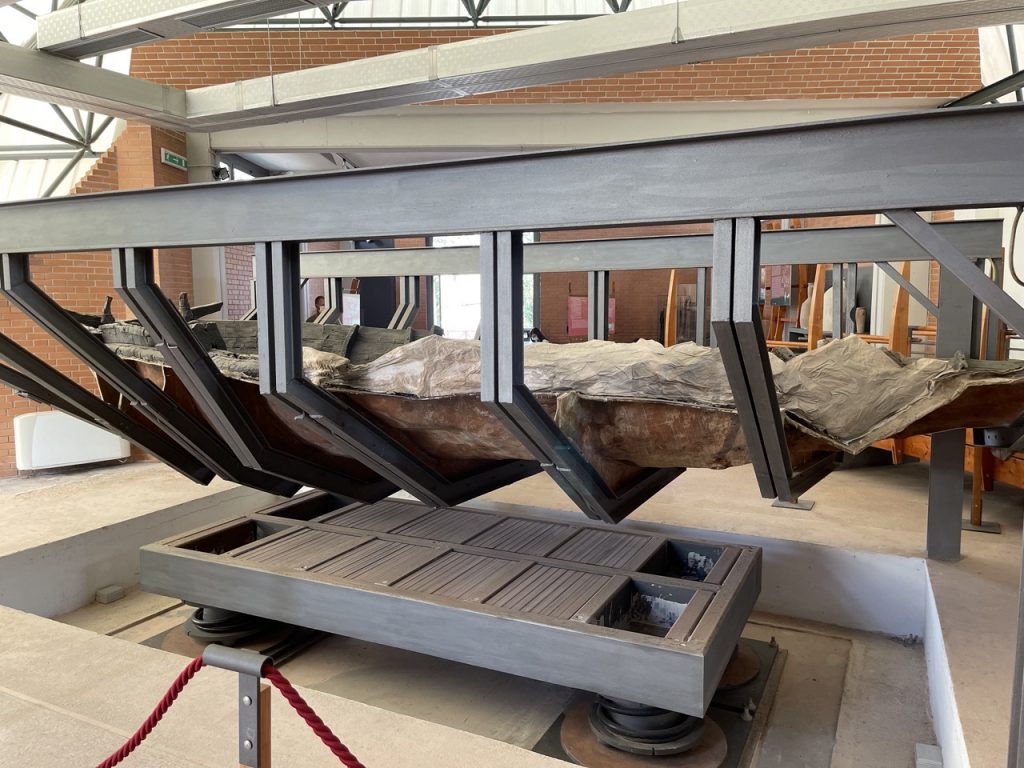

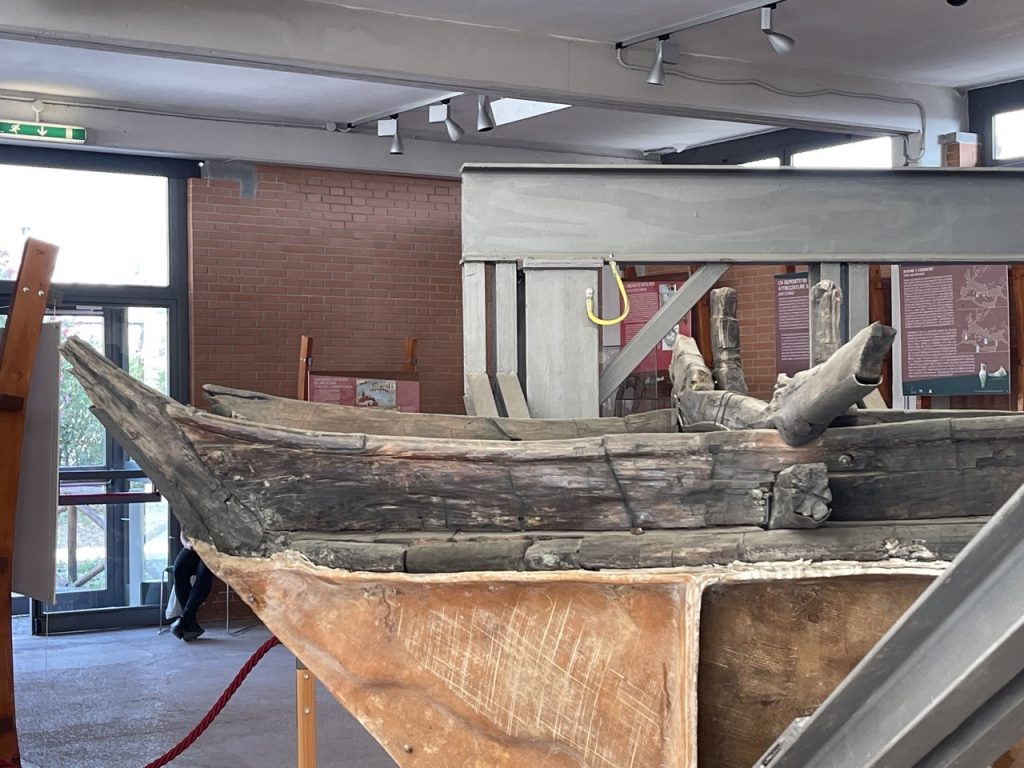

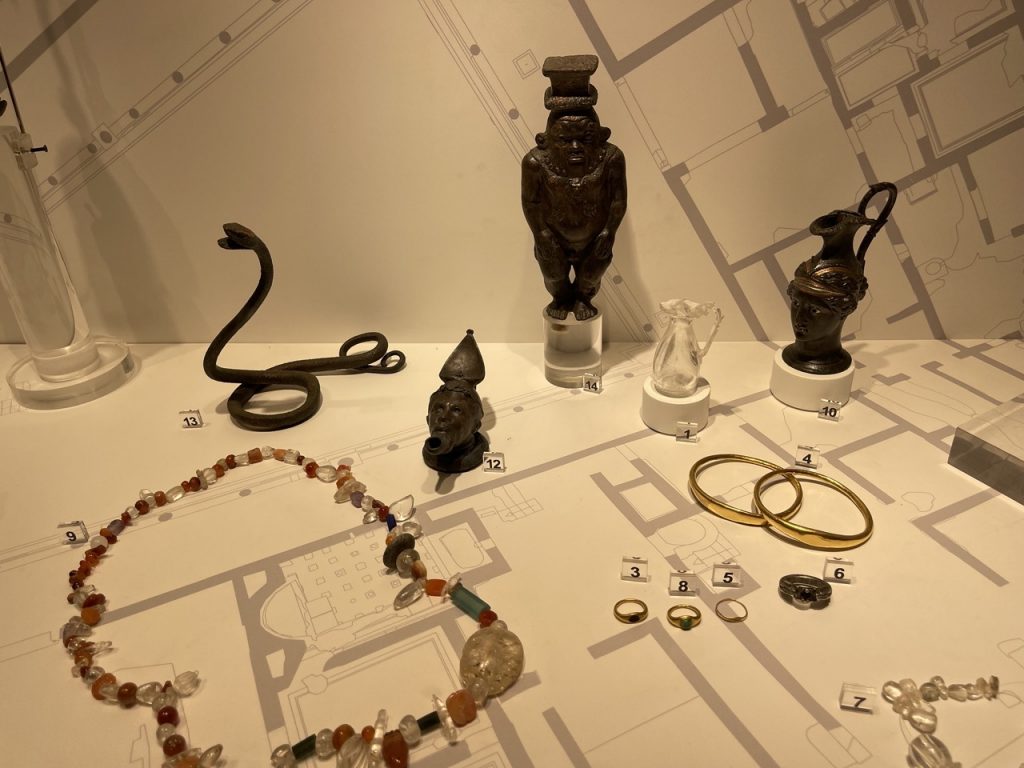

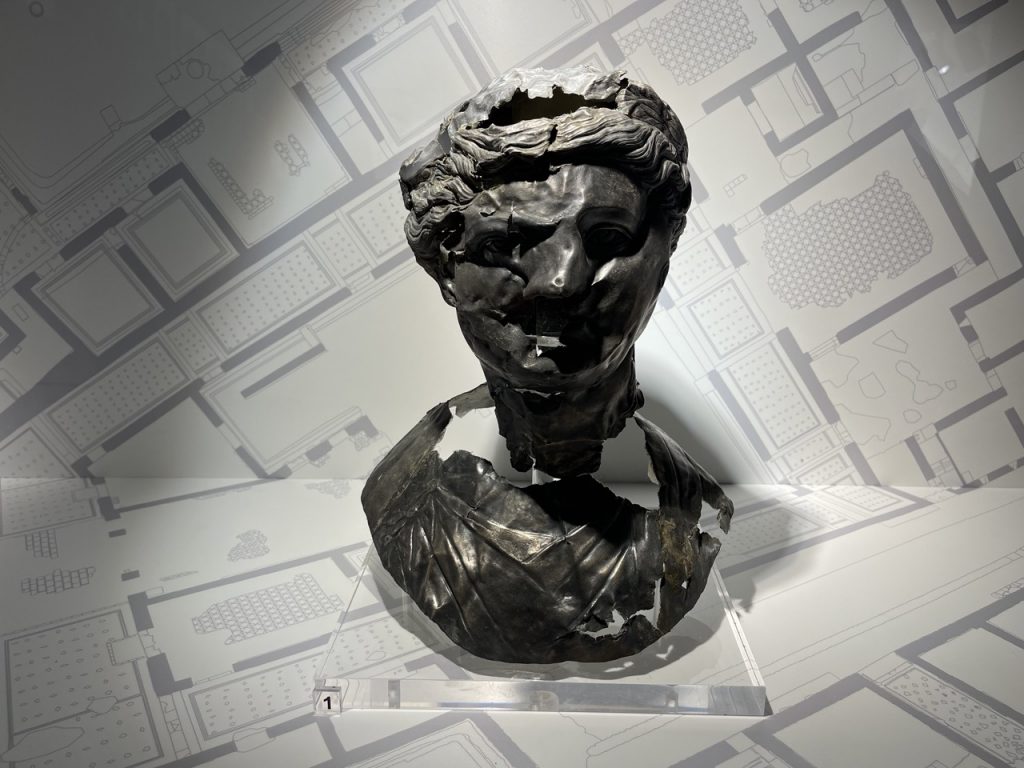

This is an excellent day out!
Go to: Italy
Go to: Sorrento
Go to: Italy Roadtrip
Go To: Positano

